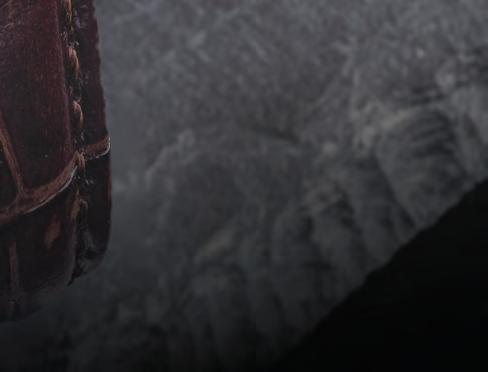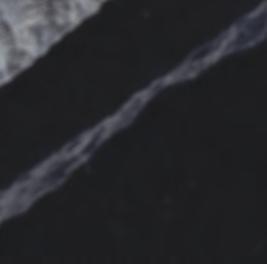

SLAYIN' & PLAYIN' ON AND AROUND LAKE OKEECHOBEE

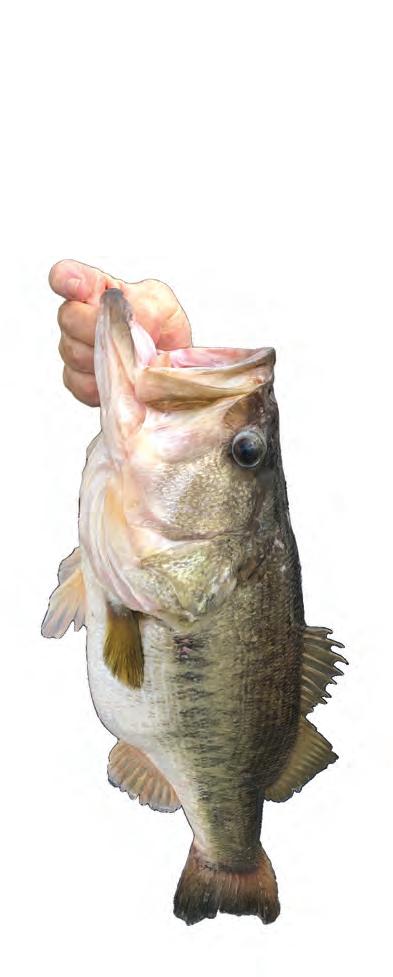
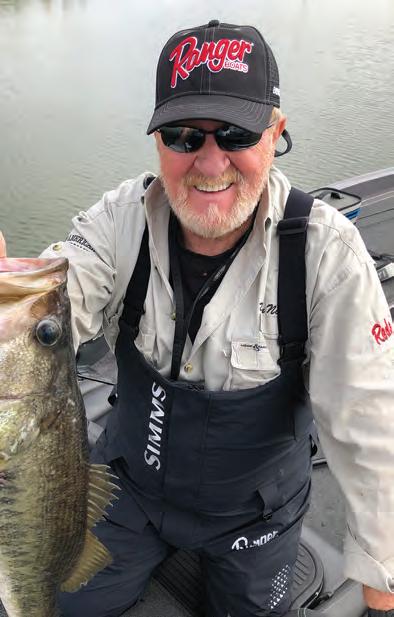



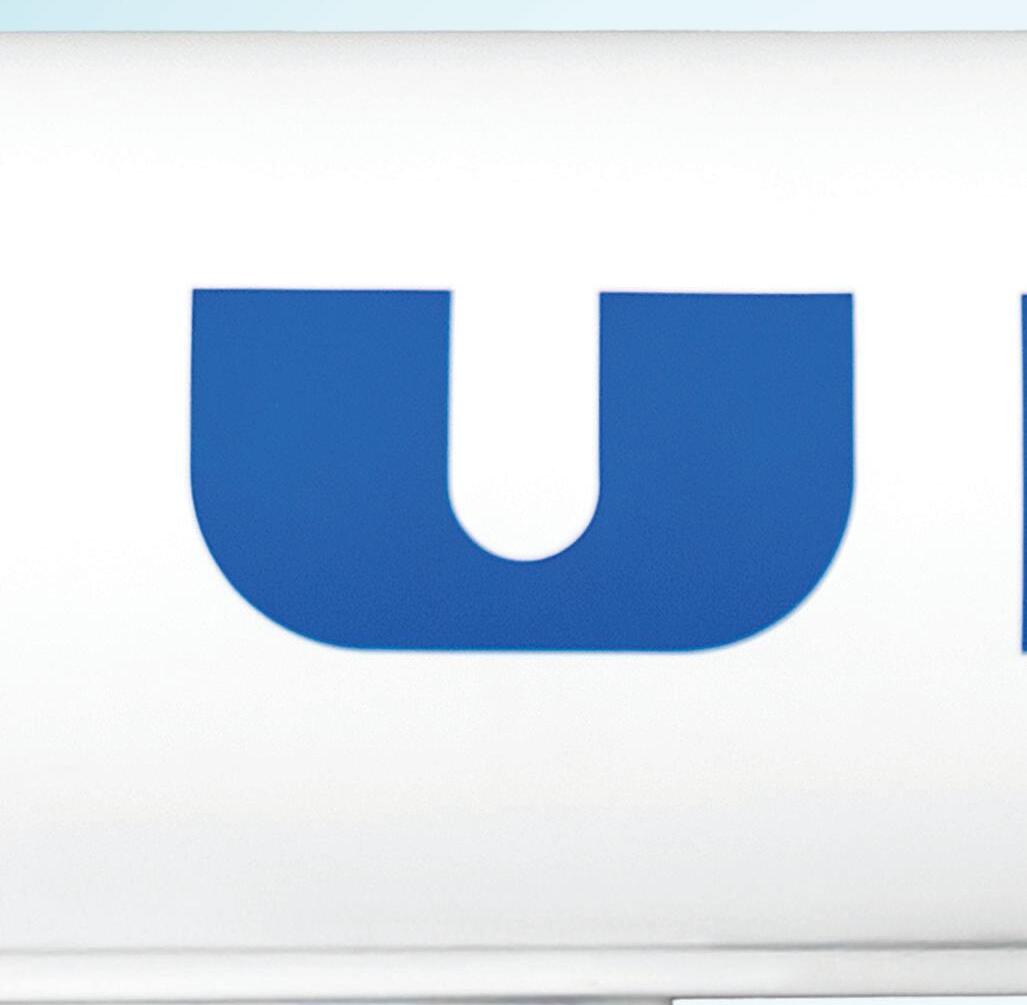

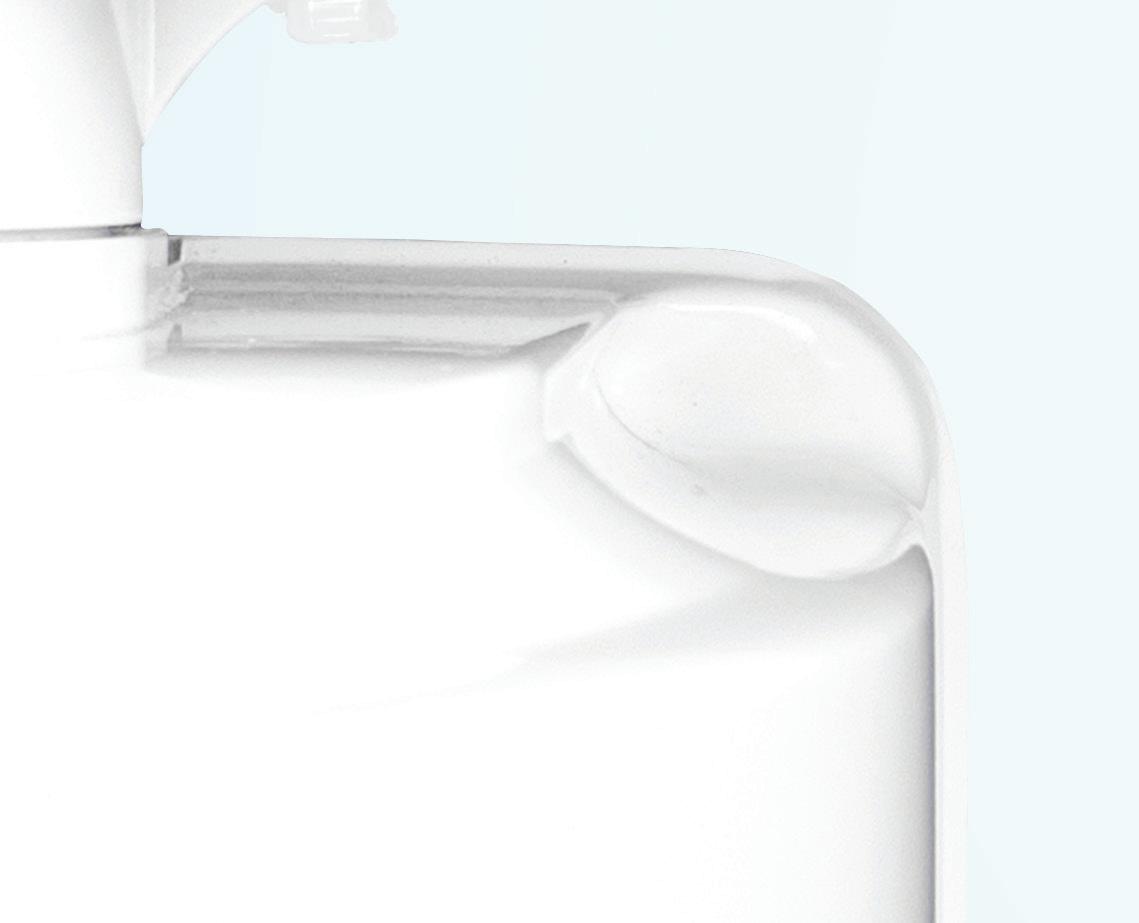












TRUST BR AND MARINERS
Ever see a commercial harbor full of Furuno Marine Electronics and wonder why the pros rely on us?


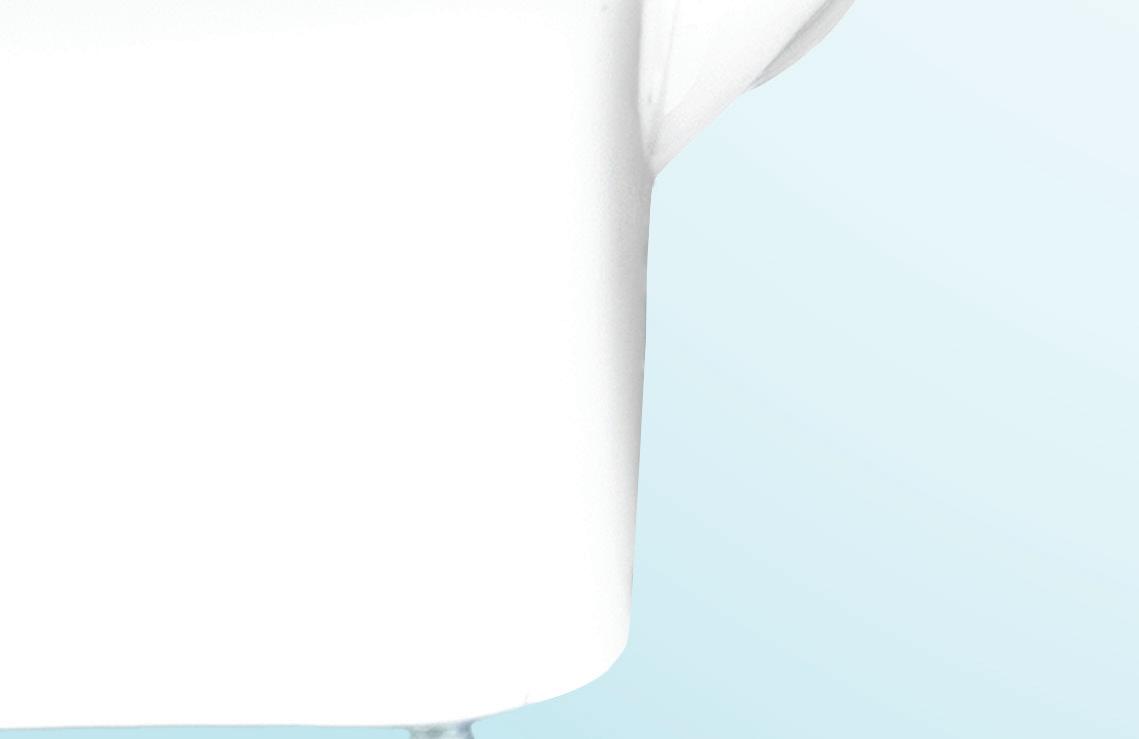


See why here









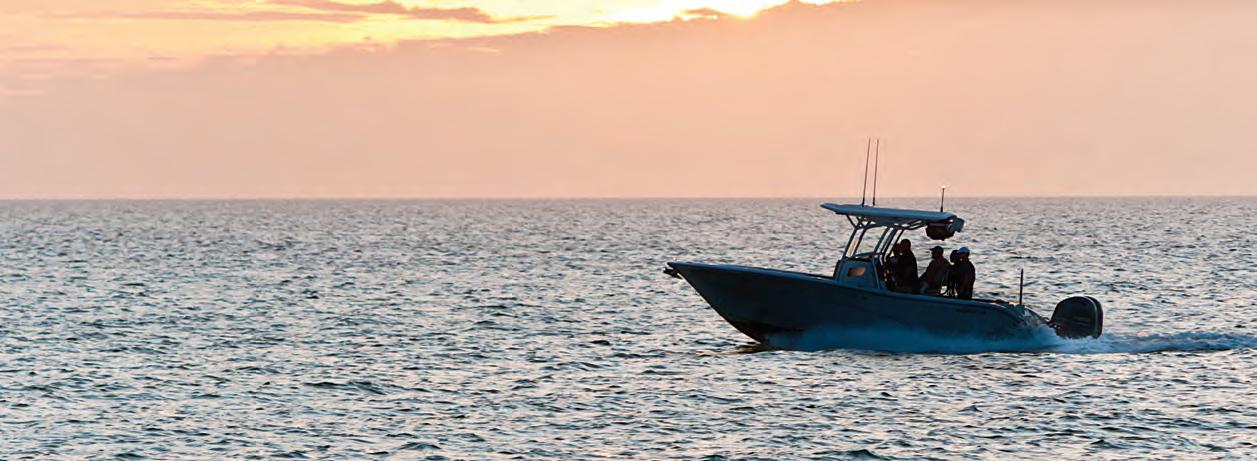
fve things you should know about boat insurance
Are you ready to embark on your next on-water adventure? Before you set sail, here are fve things to know about boat insurance.
1. Boat insurance isn’t just for accidents
With comprehensive coverage, you’ll also be protected fnancially for theft, vandalism, and unexpected events like storms if you need repairs or replacements due to damage.
2. Accidents can happen to anyone
When accidents happen, boat insurance offers liability coverage for damages or injuries you cause while boating, up to specifed limits. It can also cover lawsuit costs if you’re sued.
3. Boat insurance can cover medical payments
Boat insurance offers a range of optional medical payments coverage limits, helping to cover medical expenses if you’re in an accident or someone is hurt on your boat, regardless of fault.
4. Most lenders require boat insurance
If you fnanced your boat, you’ll likely need boat insurance since most lenders require boat insurance to protect their investment. Additionally, some marinas or municipalities require proof of insurance for docking.
5. Progressive offers specialized boat coverages
Ever worry about getting stuck on the water?
Progressive’s Sign & Glide® On-Water Towing coverage** can help. It’s an additional coverage that steps in if your boat is disabled or breaks down on the water, paying for on-water towing, jump starts, soft ungroundings, and fuel delivery. Fuel cost isn’t included.
Don’t let unforeseen circumstances disrupt your voyage. Cruise with confdence thanks to Progressive Boat insurance. Because when it comes to your boat, peace of mind is the ultimate luxury.
Scan to get a quote in as little as 4 minutes.
to learn more.



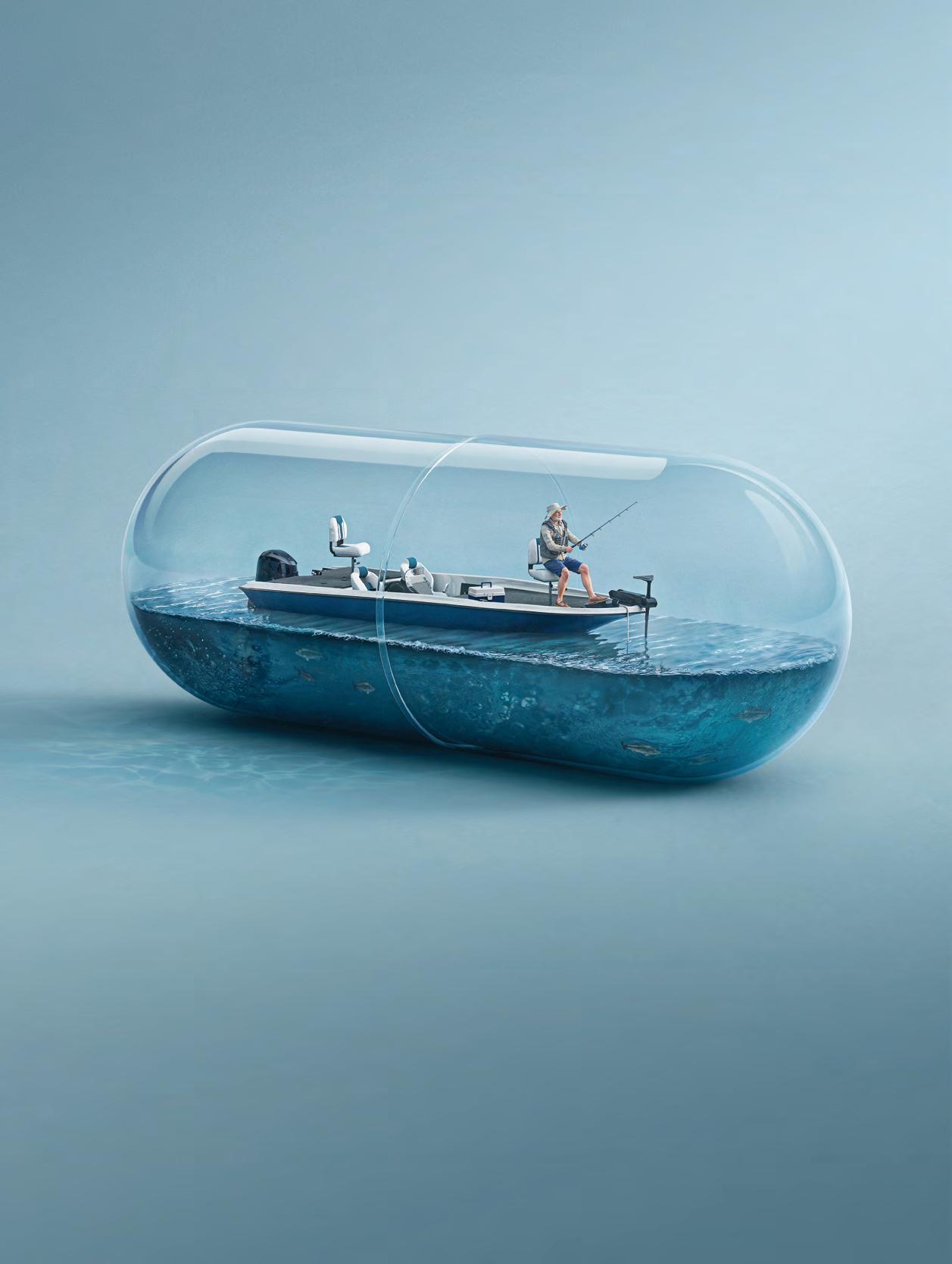
















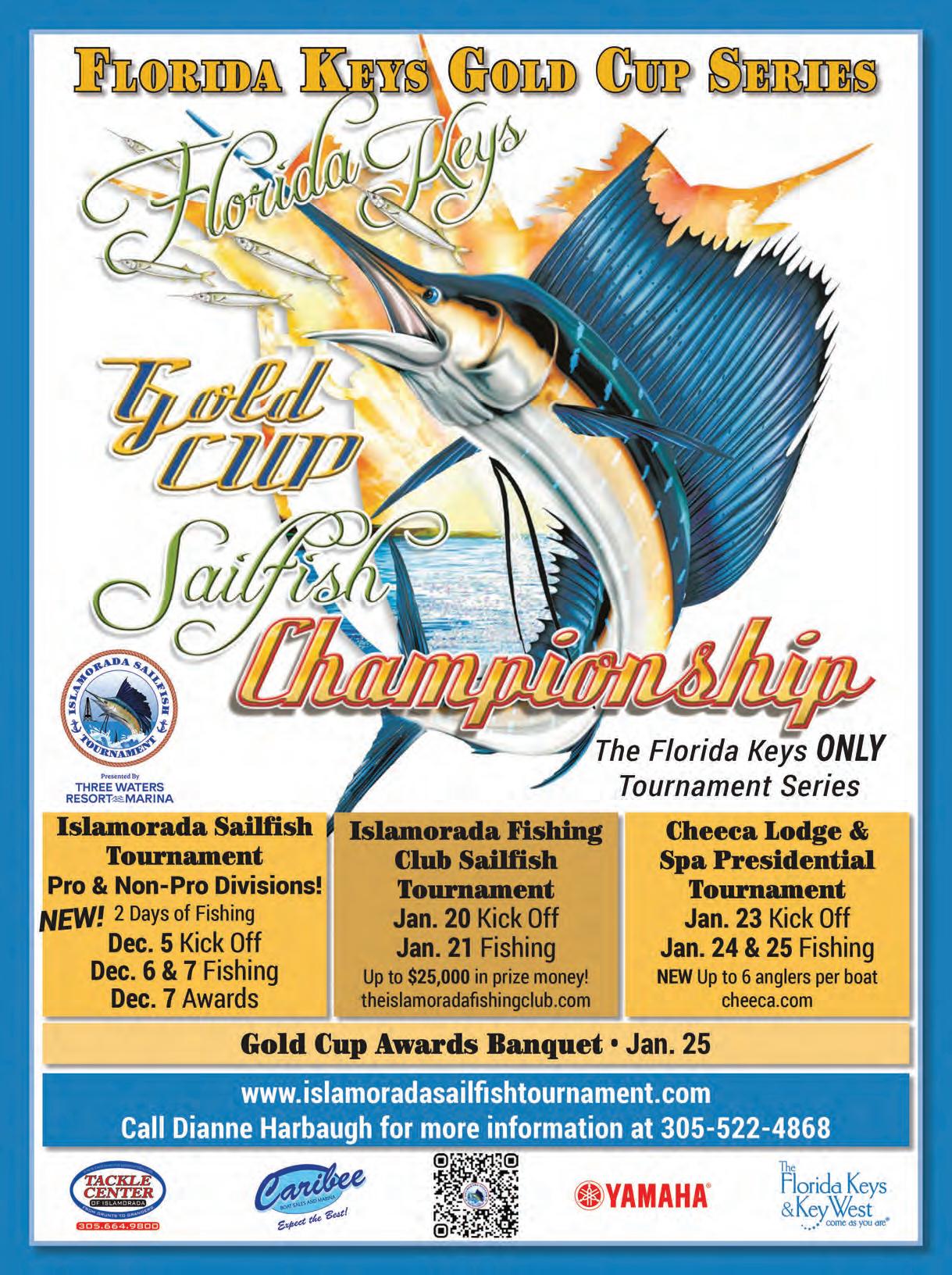

PULLEY RIDGE: e O shore Fisherman’s

There’s remote, and then there’s Pulley Ridge. Sitting over 100 miles o! the coast of Florida, this underwater plateau is where the Gulf of Mexico drops into the deep blue, and it’s earned a legendary reputation as one of the most productive, and challenging, shing destinations in the U.S.


By Astrid deGruchy


If you’re heading out there, you’ll need a serious o!shore machine. ink a 47’ Freeman or a Viking, something that can handle the long run and unpredictable Gulf conditions. is isn’t a trip for small center consoles or light tackle. Last time we were out there, we loaded up with PENN Fathom electrics paired with PENN Ally Electric rods & PENN International 50 VISX ready to drop into depths that test both your gear and your patience.
Using chicken rigs, we hauled in vermillion and yellow snappers in over 500 . of water that lled the box, but Pulley Ridge has a wild side where giant groupers and the occasional “what-the-heck-is-that” monsters lurk in the dark.
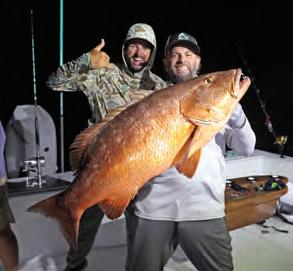
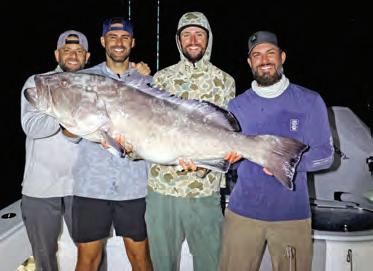
Pulley Ridge isn’t just another shing trip, it’s a rite of passage. e distance, the depth, the unknown, it all adds up to one of those bucket-list adventures every angler should do once in their life, especially with a crew of buddies who live for the chase. While you’re out there, you can even make a stop at the Dry Tortugas, another incredible o!shore destination rich in history and beauty.
Check out the full Pulley Ridge expedition on YouTube, only on Bean Sport shing TV.




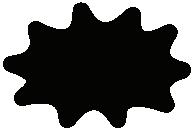


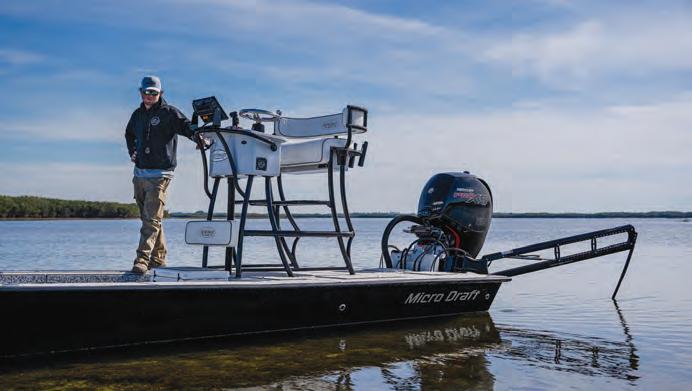



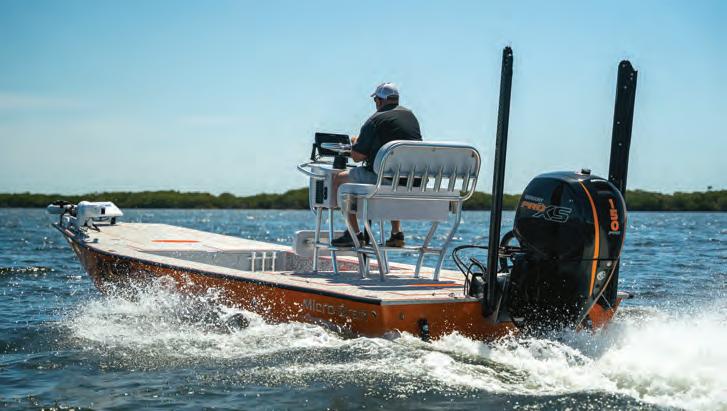
TWO SIDES OF THE CHEROKEE

Trout Fishing the Wild Waters of East Tennessee
By Julie Graham
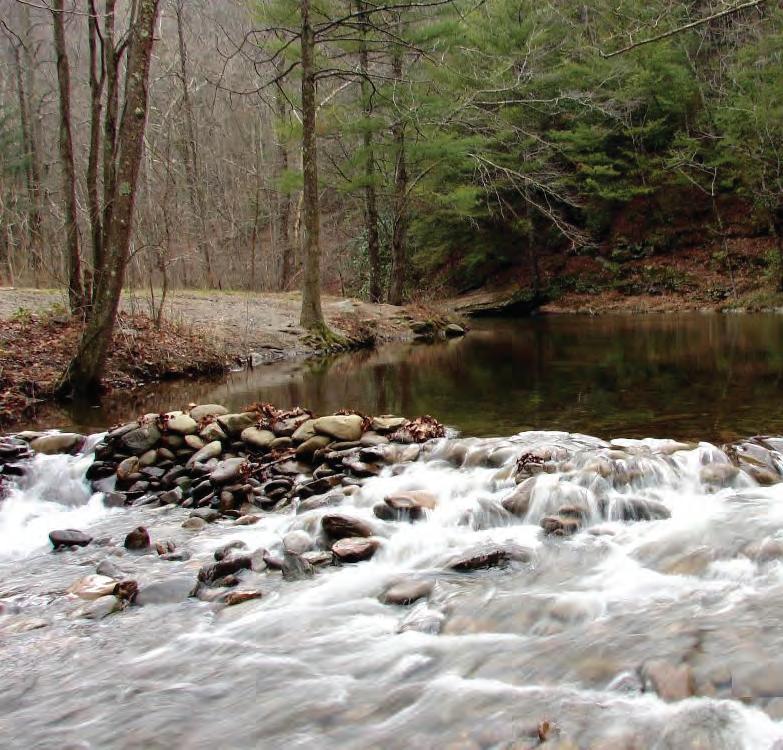
The Cherokee National Forest o!ers some of the best freestone trout shing in the Southeast. Spanning 650,000 acres across the Southern Appalachians, it’s the largest block of public land in Tennessee and it’s divided neatly in two by the Great Smoky Mountains National Park.
On the north side, mountain streams tumble through hemlock hollows toward Cosby. To the south, the waters of Citico Creek cut deep through wilderness ridges near the Unicoi Mountains. Together, they showcase the Cherokee’s range. From roadside creeks to backcountry runs, the forest o!ers anglers a taste of freestone Tennessee trout water.
Cosby Creek: Northern Solitude
Below the Great Smoky Mountains National Park boundary, Cosby Creek winds through the community of Cosby, Tennessee, o!ering accessible trout
water without the added park permit. ese lower stretches are regularly stocked by the Tennessee Wildlife Resources Agency (TWRA) and can provide productive shing throughout spring and fall. While access is somewhat limited, anglers will nd several bridges and pull-o!s along Highway 32 where they can wade in. e streambed is rocky and slick, with plenty of boulder pockets and undercut banks—good traction and careful footing are essential. Expect stocked rainbows with the occasional brown trout.
Inside the Park, the Cosby Campground section is ideal for bank shing and light wading, especially for those who prefer easy access close to trails and picnic areas. Brook trout dominate the upper reaches, while rainbows hold in the deeper pools below.
Citico Creek: Wilderness Water
To the south, Citico Creek drains more than 20,000 acres of rugged country on the western edge of the Cherokee. Fed by the north and south forks rising in the Unicoi Mountains, Citico o!ers a blend of stocked and wild trout water—ideal for anglers who like a mix of easy access and adventure.
e TWRA regularly stocks Citico from Little Citico Creek to the Citico Creek Wilderness boundary, while the upper forks hold self-sustaining populations of wild rainbows and browns.
e Cherohala Skyway marks the southern edge of the Citico Creek watershed, and just driving it is worth the trip—sweeping vistas, ery fall colors, and the sound of water around every bend.
Fall Fishing Tips
Autumn is prime time on both sides of the Cherokee National Forest. Water temperatures drop, trout feed hard before winter, and the hardwood ridges turn to ame.
• Match the Hatch: Early fall favors terrestrials; in November, go small with blue-winged olives, midges, and caddis emergers.
• Go Light: Clear, low ows call for 6X or 7X tippet and longer casts.
• Mind the Leaves: Dri leaves can snag a line—look for deeper pools below ri&es where trout hold under cover.
• Start Late: Cooler nights mean shing o en improves mid-morning as the water warms slightly.
For more information, including licensing regulations, visit the Tennessee Wildlife Resources Agency at https://www.tn.gov/twra.html.












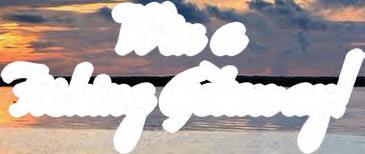

































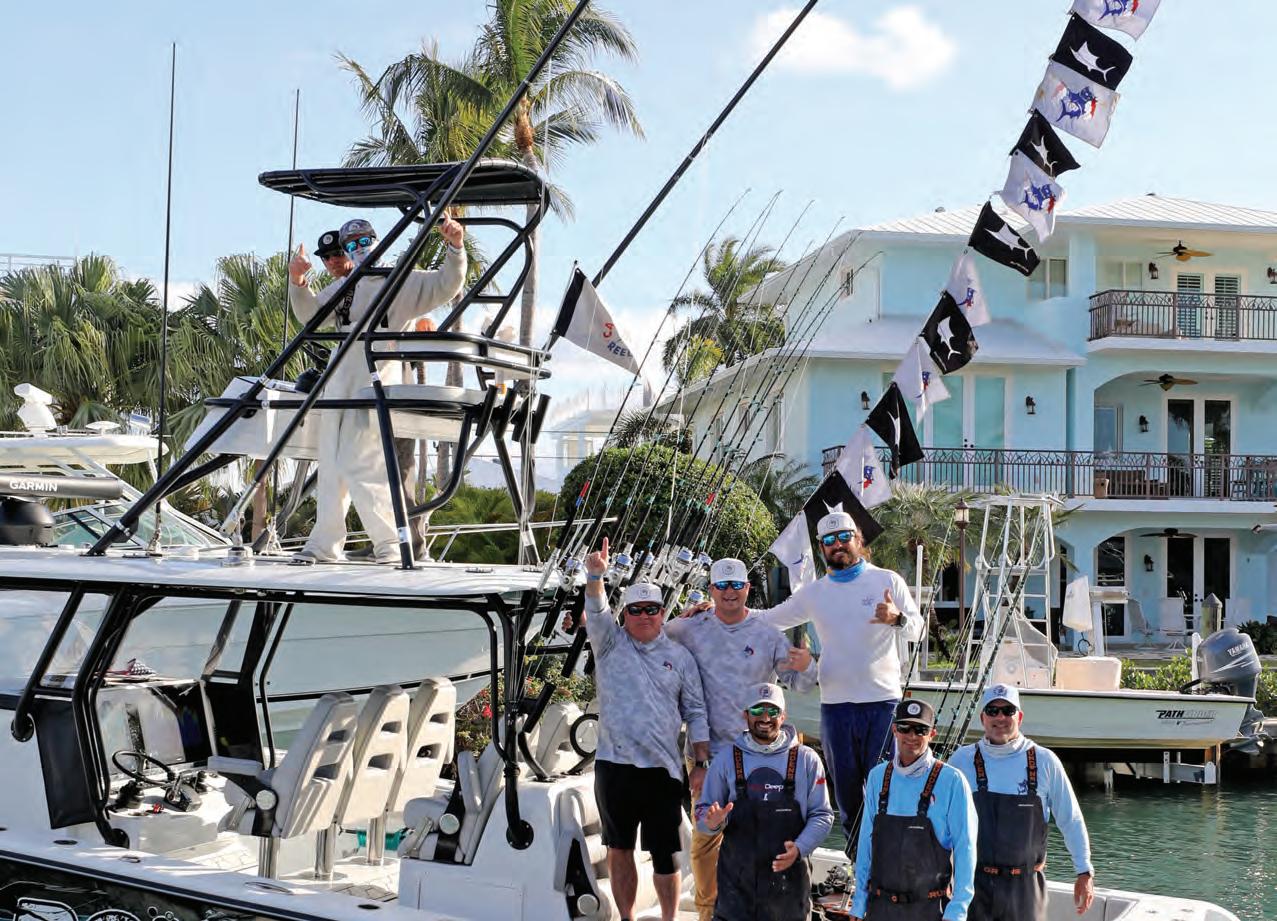
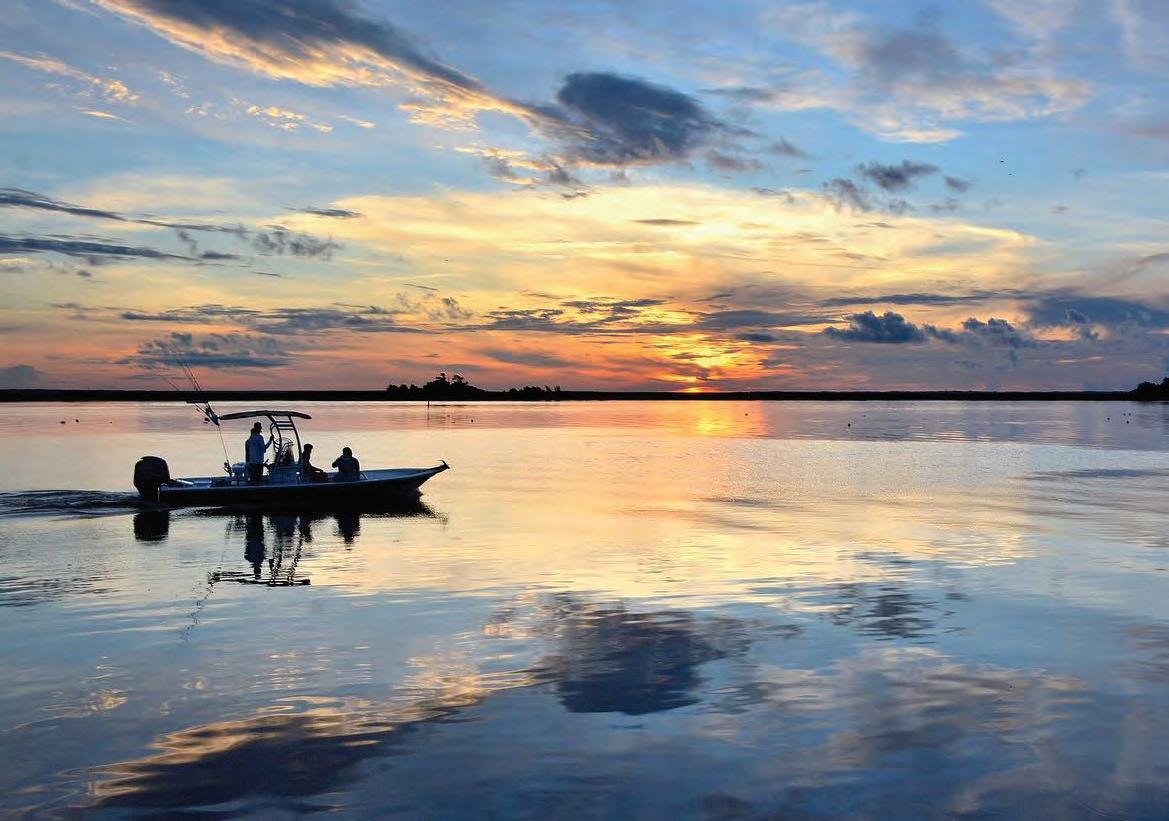



























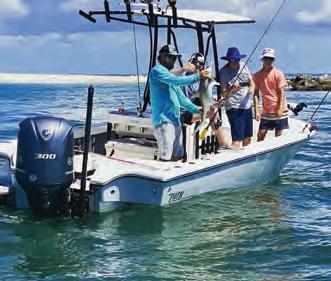





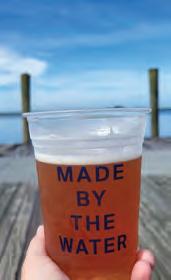










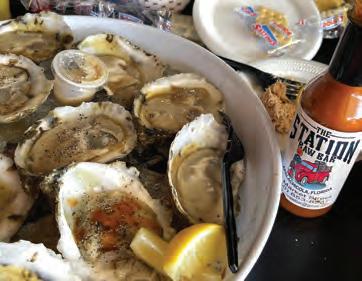

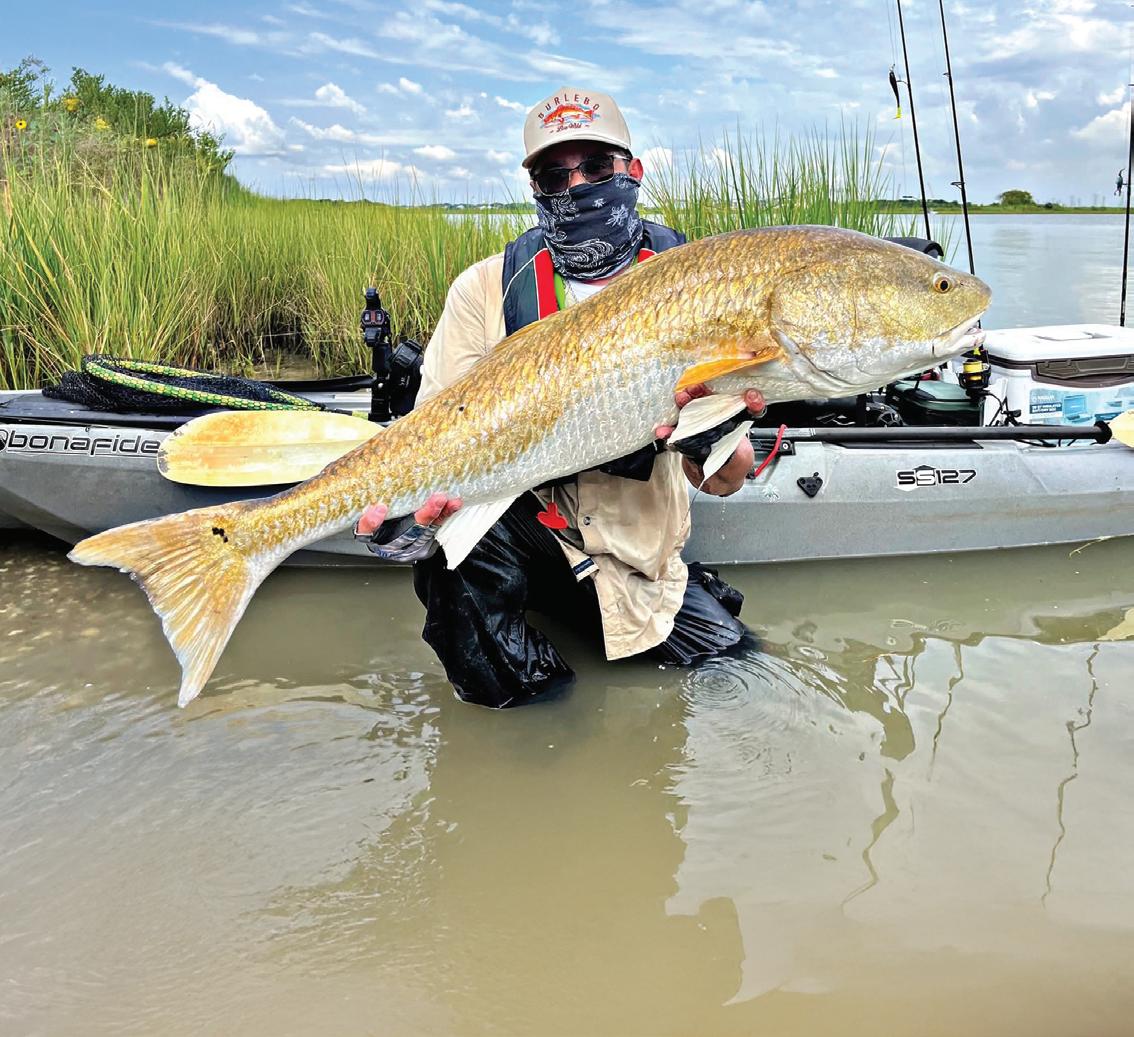
By Capt. Michael Okruhlik
FLOUNDER, FLOCKS & FEEDING TIMES Fall Fishing Fever
There’s just something magical about fall shing. e air cools, the bait thins out, and everything that swims gets a little hungrier. For me, it’s the holy trinity of the season— ounder migrations, trout and reds chasing shrimp under screaming gulls, and the early whispers of trophy trout time.
The Fall Flounder Run
Ah, yes, the famous fall ounder migration. is is more prevalent in some areas, but they can be caught all along the Gulf Coast. ese at ambushers stack up near the passes as they make their way to spawn in the
Gulf, gorging on bait along the way. When I’m targeting ounder, I switch things up. My go-to is a scented so plastic, preferably the Titan Series from Knockin Tail Lures. Not only are they scented, but they also have a rattling tail. Working this along the bottom will entice violent strikes. Since ounder love to bury themselves and wait in ambush, I keep that lure tapping bottom, twitching my rod sideways, whether I’m wading or boating. It’s a nesse game—part patience, part persistence—and when that telltale “thump” hits, it’s pure satisfaction.
Birds, Bait, and Mayhem
en there’s the chaos of gulls dive-bombing over shrimp and schooling sh—a sight that’ll make any angler’s pulse jump. Fall o en brings bigger trout into the mix, turning every cast into a thrill. I prefer to use a heavier jighead (1/4 to 3/8 ounce) to achieve the desired action without spooking the birds or the sh. Durable so plastics help keep me in the ght longer, and I mash the barbs down for quick releases and faster re-casts. When the schools settle and the birds thin out, a topwater lure can coax the bruisers to rise— and few things beat watching a big trout explode on the surface.
Solunar Science and Timing the Bite
As fall rolls on, my focus shi s toward trophy trout—and timing becomes everything. I’ve followed solunar shing tables since childhood, back when my grandparents’ calendars marked “good” and “poor” shing days with little sh icons. Over the years, I’ve been both a believer and a skeptic, but I’ve noticed a pattern: my best bites o en align with solunar peaks. Now, I plan my day around them. Instead of running and gunning, I’ll anchor in a promising area during a predicted feeding window and wait it out.
On a recent trip with my boys, we missed the morning bite but stuck it out for the next solunar cycle. We anchored near a grass edge meeting a sandy at and, right on cue, rods bent. For seventy glorious minutes red sh hit every few casts, and sometimes we doubled up. My sons were smiling, the drag was screaming, and the solunar chart earned another believer that day.
So as the air cools and the sh feed up, grab a rod, bring a kid, and let the tides—and maybe the moon—guide your next adventure.
Capt. Michael Okruhlik is the inventor of Knockin Tail Lures,® and the owner of www.MyCoastOutdoors.com.


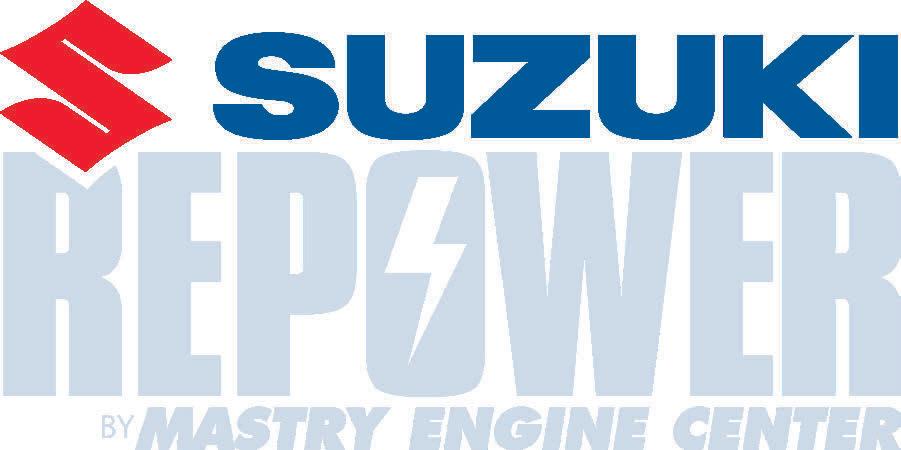

Mastry Engine Center has received the Suzuki Marine Super Service Award and has been ranked #1 in Suzuki Marine US Sales! 60 YEARS OF REPOWER EXPERIENCE!

RePower Packages designed to best ft your needs and not stretch your budget.
Financing available.

Rest assured, all Mastry Suzuki RePowers are backed by Suzuki’s industry leading 5-year factory warranty.

Stationed strategically around the East Coast, all Suzuki RePower Centers have achieved the highest level of Suzuki certifcations to meet and exceed your repower needs.
When Considering A Repower, Consider These Factors:
•Every Authorized Mastry Suzuki RePower Center has decades of repower experience providing proper rigging, controls, propeller matching and in water testing
•With a Mastry Suzuki RePower, owners gain improved performance, less noise and greater reliability
•Mastry Suzuki RePower’s exclusive Owner’s Edge Program*
•Mastry Suzuki RePower Centers use authentic Suzuki OEM parts and have factory certifed technicians

WE’VE GOT YOU COVERED!
Since 2014, Mastry Engine Center, has been building the premiere Suzuki Outboard repower network in Florida. Today, Authorized Mastry Suzuki Outboard Centers have been exceeding expectaions in the Southeast for over two decades. Recently Suzuki Marine requested Mastry Engine Center to expand the network throughout the Northeast. Now boat owners from Maine to Florida can be assured of the best support for their Suzuki outboard repower project. All Authorized Mastry Suzuki RePower Centers provide the best options, information and package pricing for excellent performance in repower.
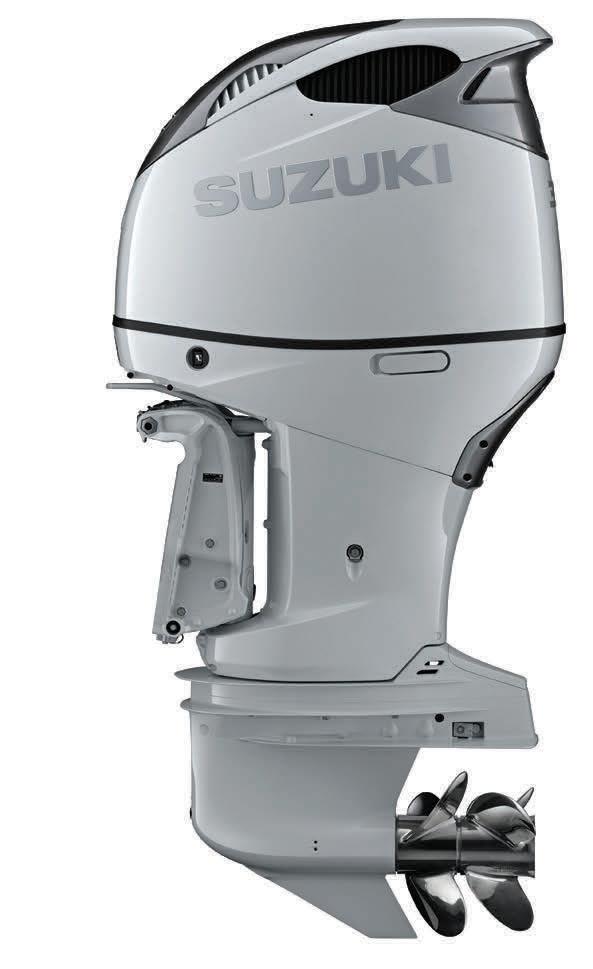


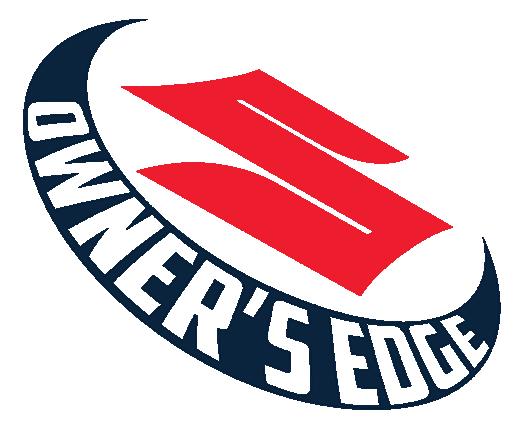
When you purchase a new Suzuki outboard from an authorized Mastry RePower Center you qualify to become a member of the Mastry Suzuki Owner’s Edge. Owners receive an identifcation card that provides them with important information about their Suzuki outboard motor as well as a passport to additional benefts during ownership. Members enjoy a detailed engine maintenance schedule, Mastry Suzuki RePower Trade Program and special pricing from Mastry Suzuki Partners *Get with the Program!

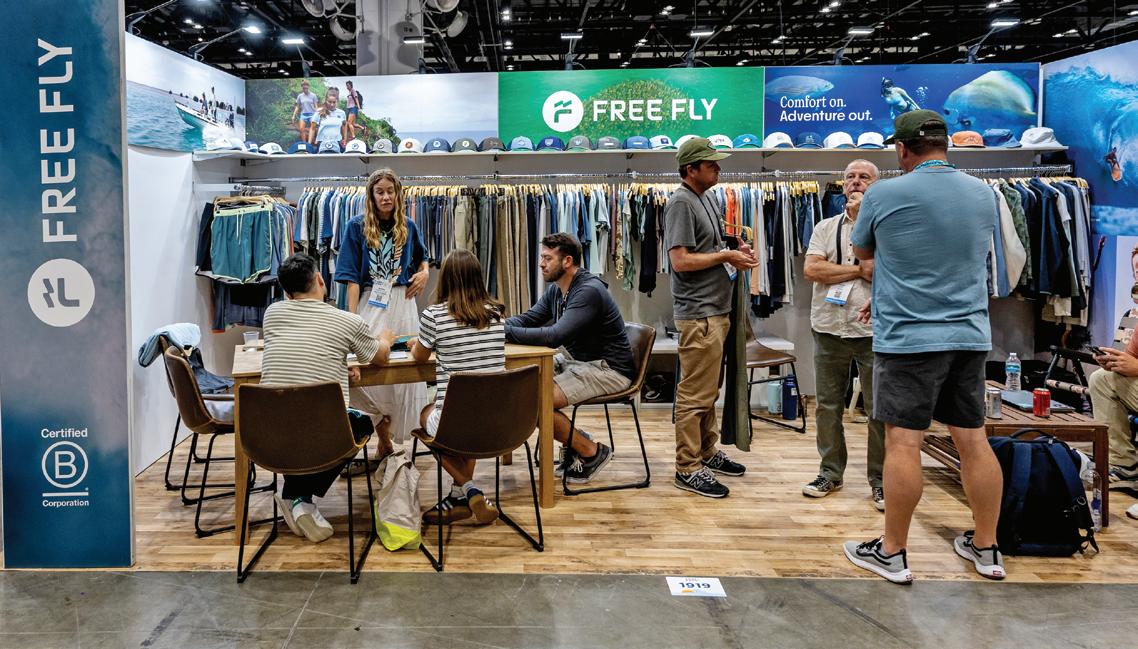
Surf Expo Marks 50 Years as Premier Marketplace for Coastal and Outdoor Lifestyle
In the world of watersports and outdoor lifestyle, staying connected to what’s next isn’t optional—it’s essential. For 50 years, Surf Expo has been where the industry comes together to discover new products, make connections, and set the tone for the season ahead.
Returning to the Orange County Convention Center in Orlando, January 7–9, 2026, Surf Expo celebrates its 50th anniversary with an event that honors ve decades of driving the business of the waterman lifestyle forward. e show draws thousands of quali ed retail buyers, brands, and industry professionals from across the U.S. and around the world.
Surf Expo has long been the industry’s launchpad for what’s next. It’s where new brands make their debut and where trusted names unveil their latest collections. On the show oor, sustainability, functionality, and style continue to drive the next wave of coastal and outdoor retail—trends that shape what ends up in your store and, ultimately, in the hands of your customers.
Re ecting the growing connection between coastal and outdoor lifestyles, Surf Expo’s Shoreline Outdoor area continues to expand— bringing together products designed for life on the water and adventures on land. is growing segment highlights essentials for outdoor adventure, from versatile apparel and gear to innovative accessories that move seamlessly from coast to camp.
Shoreline Outdoor features brands and products that bridge categories—boating, shing, paddling, hiking, and camping—meeting consumer demand for versatility and performance. Retailers will nd quality, functional, and sustainable products built for modern outdoor enthusiasts. ink waterproof bags, insulated coolers, portable re pits, backpacks, multifunctional jackets, and drinkware designed for any setting. is lifestyle focused area captures the spirit of adventure—friends gathered by a re pit a er a day on the water, paddleboards pulled up on the sand, or cozy campsites under starlit skies. It’s all about embracing the outdoors in every way.
What makes Surf Expo such an essential stop on the retail calendar? It’s the unmatched variety. Hardgoods, apparel and accessories that bridge the gap between beachwear and everyday wear, Surf Expo delivers products that de ne coastal and outdoor living. Whether your customers are anglers, surfers, paddleboarders, kayakers or simply love the water or the outdoors, you’ll nd fresh lines and innovations that resonate.
Surf Expo remains much more than aisles of product—it’s a place to learn, connect and recharge your business strategy. Educational sessions, in-booth demos and networking events o er valuable insights into consumer behavior, merchandising and market trends.
Join them January 7–9, 2026 as they celebrate 50 years of Surf Expo— and experience rsthand why this show continues to be the heartbeat of the coastal and outdoor lifestyle industry.
Quali ed retail buyers register for free before 12/24 at surfexpo.com


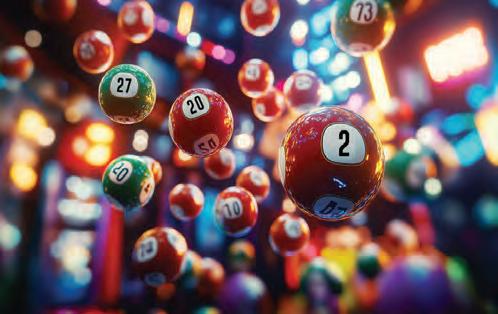


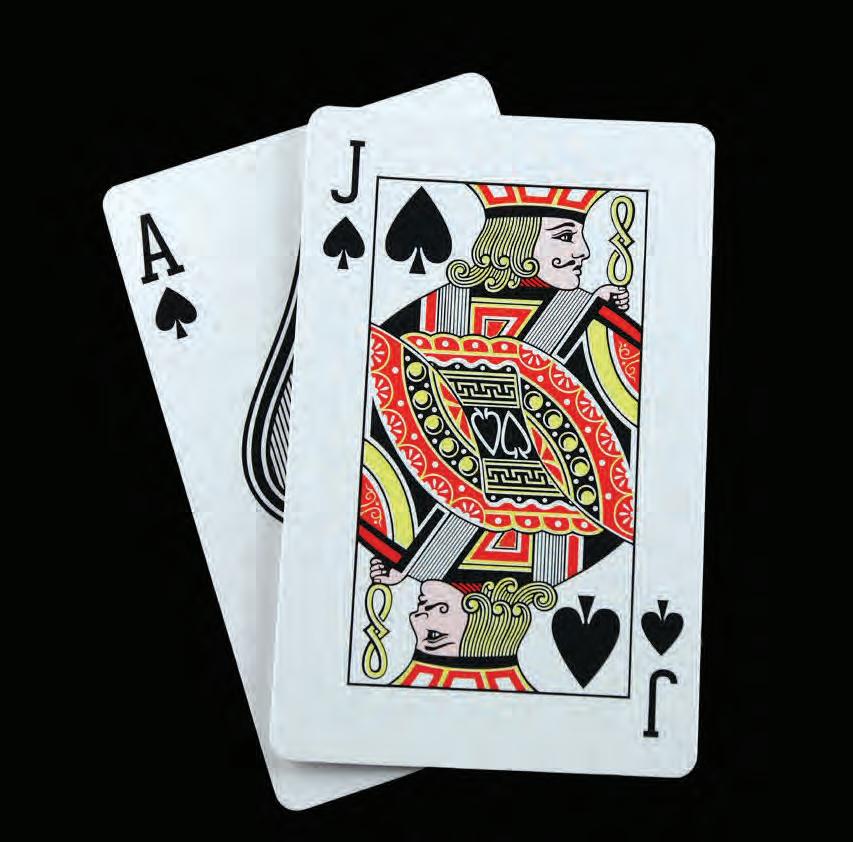






Capt. Dave Stephens
Boca Granda Pass, Charlotte Harbor, and the Flats
REPORT & FORECAST

Fishing in November in Charlotte Harbor can be a crazy month!
I like to refer to it as a transition month. This is the time of year when many fish are transitioning from the flats to deeper water. As the water temperatures begin to drop, most of the game fish begin to move to areas in deeper water, or areas close to it. The main species is snook.
During the winter months, snook spend their time in or very close to deep water. Lucky for us, we have endless miles of residential canals, creeks, and two main rivers that flow into Charlotte Harbor. Locating fish in these areas is the same as in any other situation. First, you need a food source, such as shrimp, small crabs, and minnows. Second, you need a structure to hide
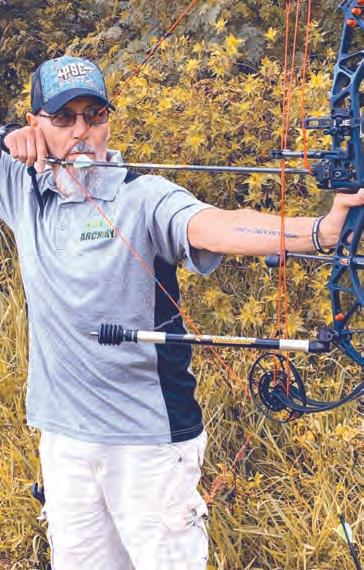

in for cover, and last, you need good current flow. If you can identify areas that have these characteristics, you will likely find fish.
Not only will you find snook, you will find juvenile reds and trout. If you like to toss some artificial, this is a great time of year. As the water cools, the bait becomes harder to locate. So, artificials will work well. If your normal fishing holes don't seem as productive, try looking at some deeper water areas. Don't be afraid to get outside that comfort zone.
— Capt. Dave Stephens 941-916-5769 | www.backbayxtremes.com
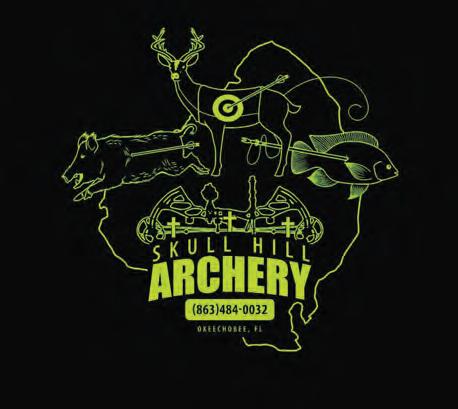
FULL SERVICE PRO SHOP
We are a fully stocked Pro shop for all your archery needs. Including consigned and new bows.
• 20 yard indoor range •
• 50 yard covered 3D range •
• Knowledgable bow techs •
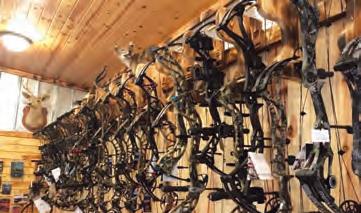




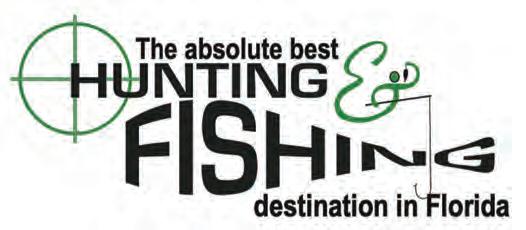

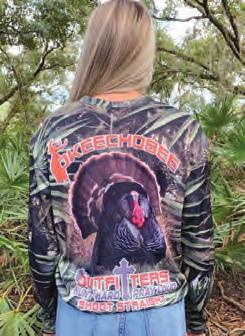
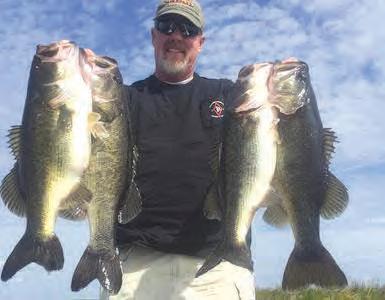
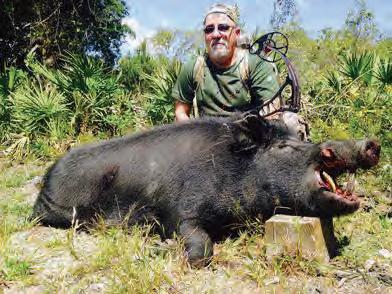

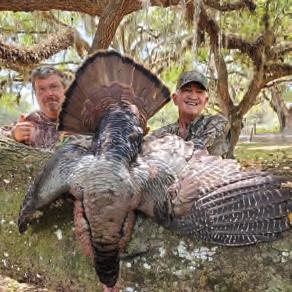
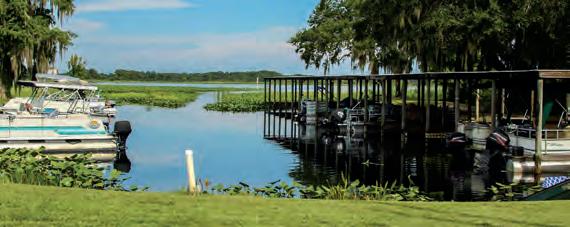
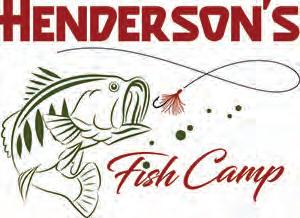
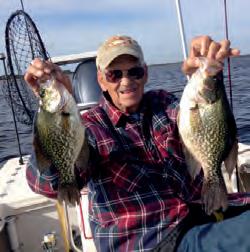

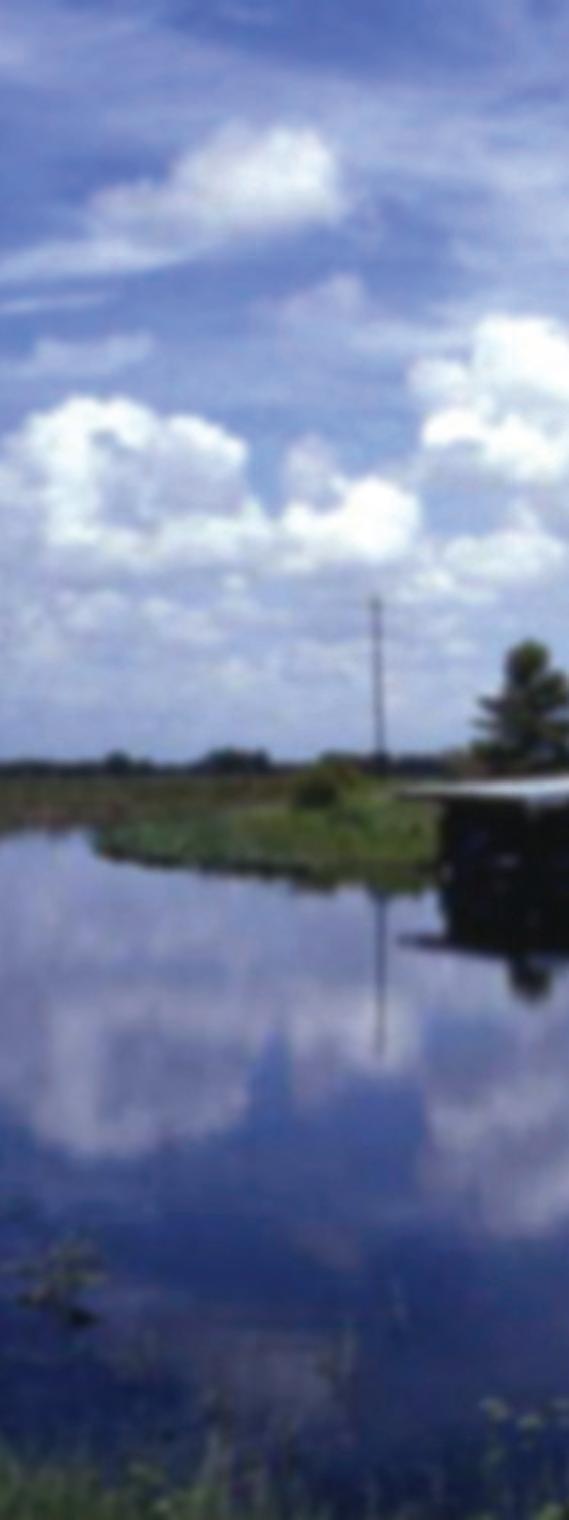

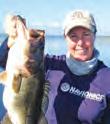
Capt. Angie Douthit
Okeechobee REPORT & FORECAST
Lake Okeechobee’s water level has been slowly rising and is currently just over the 14foot mark. November is typically the start of the bass and crappie spawn season, which usually runs all the way through April. I’m anticipating a very active catching season with both quantity/quality size bass and many, many, crappie limits caught.
If you’ve always wanted to fish Okeechobee for big bass or to catch a limit of excellent eating crappie (specks), now is the time to book your fun-filled day(s) on the water.

Don’t want to fish with minnows for crappie? Then “jigging” for specks is a fun way to catch them, too.
Don’t know how to jig? No problem, anyone can learn in 5 minutes, and once you feel that first “thump bite,” you will be hooked. This technique is very popular, as it allows you to get up close and personal, enabling you to see and fish various parts of the lake, observe all the wildlife, and gain insight into the different vegetation you are fishing in or around. It’s truly a fun experience, and you’ll leave with crappie in the cooler for many delicious meals for the entire family to enjoy.
My Caymas CX21 bass boat is equipped with the latest electronics, providing ample space that can accommodate 1-4 people. I also provide all necessary tackle for bass and crappie trips, as well as bottled water, sunscreen, and even Gill rain gear. For those who are not anglers, options include shopping in Okeechobee or the nearby Ft Pierce/Stuart area, skeet/ trap shooting, an airboat ride, or simply lounging by the hotel pool.
Thank you to all my customers since 2004.
I’m truly blessed to help you and your family make lasting memories and put smiles on faces!
A trip to fish/experience Okeechobee is truly a fun time for the entire family to enjoy and make lasting, wonderful memories. Bass and crappie are being caught around the Kissimmee River area, Tin House, Dyess Ditch, parts of Kings Bar, and Observation Shoal.
Plastic colors for bass are: red bug, white, crawdad, junebug, and black/ blue. For crappie lures, try chartreuse, pink hues, and orange and white. A big thank you to my Sponsors: Mercury Marine; Bullet Weights; Real Magic/ TTI-Blakemore; Toho Marine; Gill; Gene Larew; Mid-South Tackle; BnM Poles; Lews and G-Loomis.
Thank you to all my customers since 2004. I’m truly blessed to help you and your family make lasting memories and put smiles on faces!
— To book you’re next fun day fishing, call 863-7263 or check out my website, where you’ll see up-to-date info, customer catches, hotel info, past reports, and more www.southfloridabassfishing.com. I can accommodate groups of people; I offer Veteran and one-person discounted trips. Inquire when calling to book.
A big thank you to my sponsors: Mercury Marine; Toho Marine (St. Cloud, Fl); Bullet Weights; G-Loomis; Lews; BnM Poles; Bobby Garland; Rapala; Gill; Gene Larew; Lurenet.com
GOLD MEMBER GROUP


MEMBER 2026
The Angler Magazine is pleased to announce the new GOLD MEMBERS GROUP for 2026. We know in order to be successful, we need the advertising support of local merchants and businesses in our magazine. There are plenty of advertising opportunities out there and we are very thankful for the support of our advertisers.
But we're creating this magazine for you, our readers, and we'd like to invite you to become part of the family. By becoming a GOLD MEMBER sponsor, you are helping us financially to become stronger and to grow the magazine.
To show our appreciation for your membership, we'll send you:
• An Angler embroidered fishing cap
• An Angler coffee cup
• A hand painted lure by D. O. Norton
• Along with a 2026 Gold Sponsor certificate in your name.
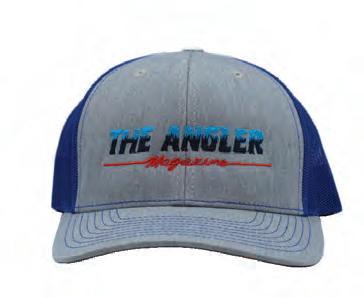
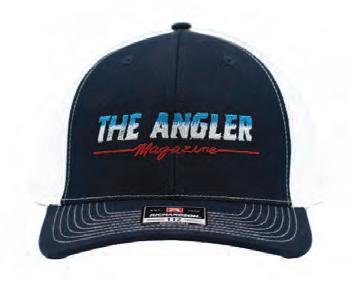
To become a Sponsor



The Angler Magazine 3816 Divot Rd, Sebring, FL 33872. We'll send out your gifts by return mail. We'd Like To Invite You To Become
Beginning with the January 2026 edition of The Angler Magazine, we will list all the GOLD Members, and we'll pick one each month that we highlight.



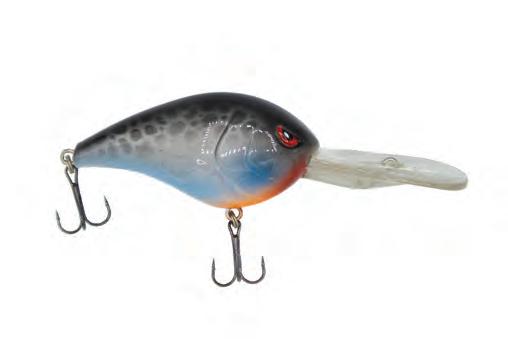
Call or text 863-273-4998, or email donorton13@gmail.com, or mail a $100 check to:
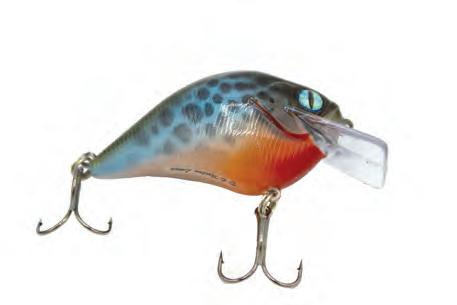
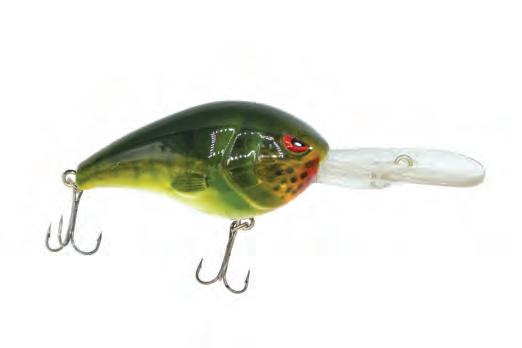
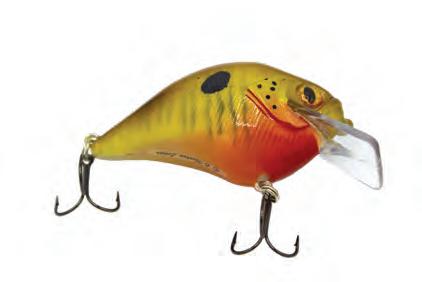
Bass Pro still plans to take over Okee-Tantie
By Katrina Elsken

OKEECHOBEE – The Bass Pro/Big Cedar Lodge plan to take over the Okee-Tantie Recreation Area is getting closer to reality.
At the Sept. 5 meeting of the County Coalition for Responsible Management of Lake Okeechobee, the St. Lucie and Calooshatchee Estuaries and the Lake Worth Lagoon, Okeechobee County Commissioner David Hazellief said he gets a lot of questions about the progress of the plan for Bass Pro/Big Cedar at Okee-Tantie.
“We’re at the final 5% and we appreciate the support from all of the entities in expediting the permits of this project,” he said.
Big Cedar Lodge is the resort arm of Bass Pro Shops.

The Okee-Tantie Recreation Area is located inside the Herbert Hoover Dike, with the Kissimmee River to the west.
In 1971, the South Florida Water Management District (SFWMD) developed the site as the Okee-Tantie Recreation Area with a recreational vehicle park, campground, bait and tackle shop and marina, and operated it until 1991.
At that time, the district planned to close the park, but an extensive letter-writing campaign sponsored by the Okeechobee News persuaded SFWMD and the county commissioners to work out a way keep it open. As a result, Okee-Tantie was conveyed to the county by SFWMD.
The popular RV campground operated at full capacity during the winter months until the hurricanes of 2004 substantially damaged the park. After the hurricanes, part of the park was able to reopen, but a large area was heavily damaged and not rehabilitated. Occupancy and revenue began to decline, resulting in a decision by the county to close the RV campground and bait and tackle store in October 2012.
The first time the county sought proposals, it was for a lease on the park. Guy Harvey Outpost and Elite Resorts initially proposed a long-term lease,
Continued on page 14


Located on 2,000 acres of Florida bays, pines, palmettos, and oaks, outside the small town of Lake Placid, the Lightsey Family Ranch is perfect for the avid hunter and outdoorsman. Owner and lifelong hunter, Lee Lightsey, offers you to a one-of-a-kind hunting experience, including wild hog, quail, pheasant, turkey, deer, and alligator hunts. During your hunt you are welcome to stay at our lodge which features room for up to 28 guests, a large lobby with a true old Florida feel, and a full time Chef ready to prepare your meals.
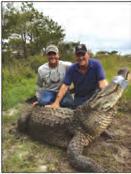

COLLECTING LURE
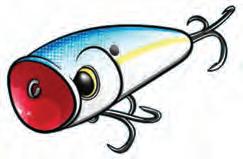
By Doug Williams
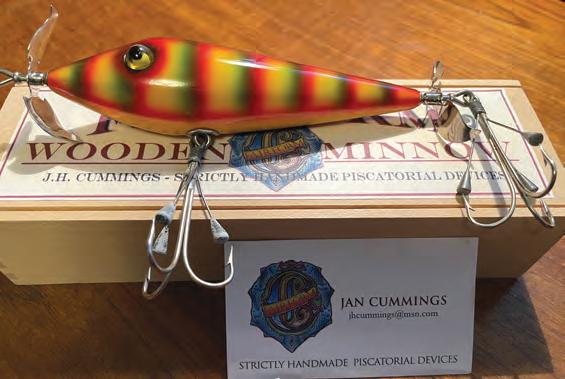

Jan Cummings is among the most celebrated of contemporary lure carvers. His beautiful finishes, amazing workmanship, and attention to every detail put his lures in a class of their own.
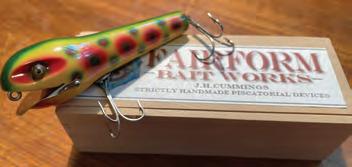
Jan Cummings uniquely combined his love of fishing with his talent and appreciation for art. He enjoyed drawing and carving in his early years, and while enrolled in the Ringling School of Art in Sarasota, Florida, he learned metal sculpting and jewelry making. Living in Florida, Jan discovered the joy of sailing and fishing in saltwater, and developed an interest in working on classic wooden boats. So, in the 1970’s Jan became a boat carpenter; building and restoring wooden boats with traditional tools and techniques. It wasn’t until Jan attended an outdoor festival at the Tampa Fairgrounds in the mid-1990’s that he developed an appreciation for artificial lures. There, he met a collector who had a large display of vintage fishing tackle. Jan had never see lures like those before, and he was intrigued by the unique form and function of those old lures. Inspired to learn more, Jan purchased countless books about vintage lures, and discovered things like metal spinners, ornate blades, and feathered dressings. That is when he decided to try his hand at making his own custom lures.
I met Jan Cummings 26 years ago at my first Florida Antique Tackle Club fishing tackle show at Daytona Beach. As I entered the display area the morning of the show, I noticed a long line of people waiting patiently to speak to a vendor who had five boxed lures left on his table. I had no idea why there was so much interest in this guy, but I joined the line to see what all of the commotion was about. The closer I got to the front of the line, the fewer boxed lures were left, and when I finally got to the front and met Jan, there was only one lure left. As I examined that lure and spoke to Jan, I realized that I was looking at a piece of art and speaking to an artist. The lure was the Savage Shrimp Boca Pass Special you see in this article’s photos. That encounter and lure sparked my interest in contemporary lures, and was the first of an extensive collection of works by Tony Smith, Todd Fortini, Rusty Jessee, Charlie Hines, “Doc” Hyder, Norman Wine, and many others.
A few of Jan Cummings creations include variations of the Savage Shrimp (Boca Pass, Grass Flat Special, Fly Rod Baits), Musky Floater, Floeger Hybrid, Truck-Oreno, Fairform Frog, River Rascal, Revolver, Musky Pikaroon, and Kinney Bird Special. Jan also painted a small number of the Macatawa Bait Company (Tony Smith) Musky Bird.
We lost Jan last year, so scarcity and appreciation of his talent have really boosted the market value of his lures. Recent auction prices for many examples of Jan’s work are in the range of $3,000 - $4,500 per lure. I often remind my wife that spending $150 for my first Jan Cummings lure was a brilliant investment.
— If you would like to learn more about contemporary or vintage fishing tackle, feel free to contact me via text or telephone @ 305-926-7526. I often help readers value their collectables for no fee.
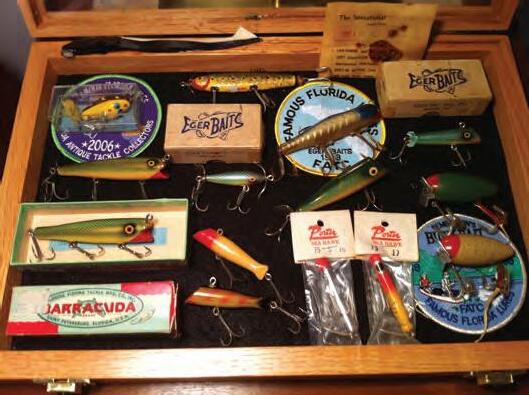
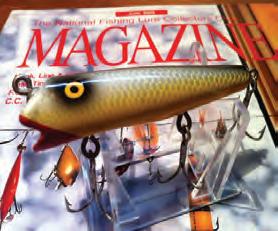
Professional Angler Profile The
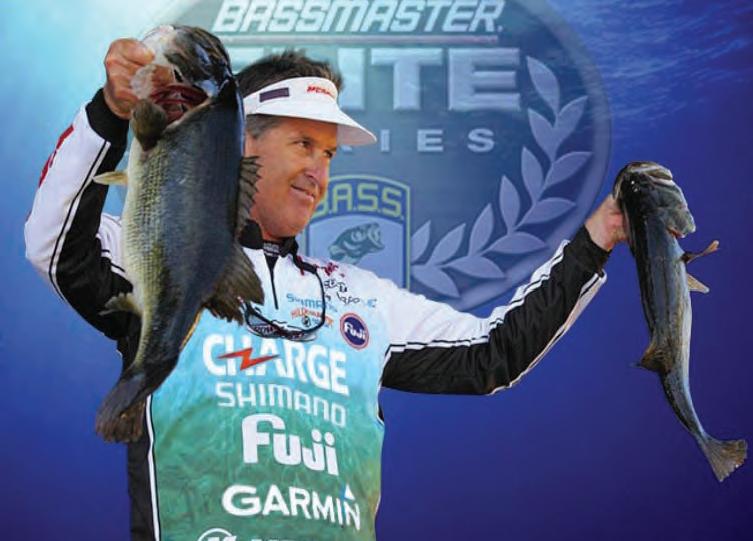
Born in Sanford, Florida, in 1954, Bernie Schultz spent his youth along the shores of Lake Markham and the Wekiva and St. Johns Rivers. Having few childhood companions within reach of his family’s lakeside home, he entertained himself by spending countless hours on the water or in the woods, then sketching those experiences.
At age 14, his parents relocated to Miami, Florida, where he discovered the world of inshore saltwater angling. His father owned and operated Sunny Acres Fish & Poultry Market in Coconut Grove. This opened the door for fishing adventures with the commercial fishermen that supplied his father’s market. During this period, he was also involved with surfing and competitive swimming. These interests carried him to many distant places where he also fished. From the Outer Banks of Cape Hatteras to the islands of the Caribbean and west to Mexico and California. Schultz quickly developed a passion for places where the water meets the shore.
...advisor to several manufacturers in the tackle and marine industries, and he has been instrumental in the design of many highly successful products.
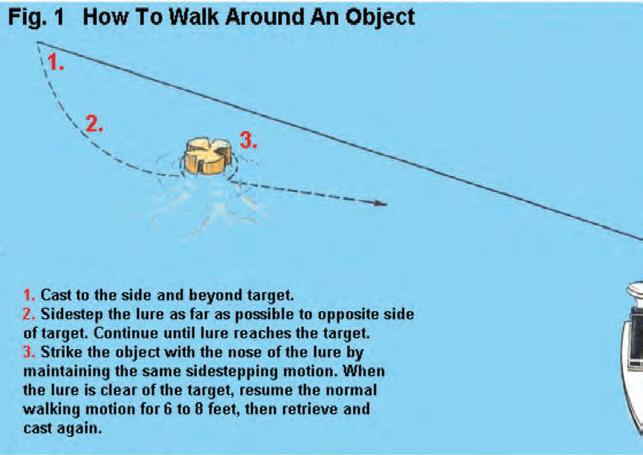
After high school, he ventured back to North-Central Florida to attend college at the University of Florida. His childhood interest in art had also developed and he was now enrolled in the College of Fine Arts. It was there that he befriended one of his instructors who introduced him to the local bass
Bernie Schultz
club. Through this club, Schultz discovered the world of competitive fishing. Since graduating college in 1979, Schultz has become one of Florida’s most accomplished anglers. His achievements include two Canadian and two U. S. Titles, while qualifying for nine Bassmasters Classics and five FLW Championships – the sport’s highest levels of competition.
His pursuit of saltwater angling also expanded. Over the years, Schultz has participated in numerous light-tackle tournaments around Florida, including many charitable events like the Redbone Series for Cystic Fibrosis.
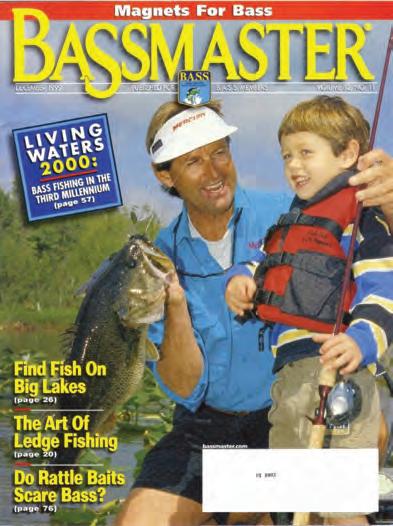
When not on the water, he can usually be found in his studio writing or producing art related to angling. His works have appeared in various magazines and books dedicated to the sport, such as Bassmaster and B.A.S.S. Times. He is also a longtime columnist to Florida Sportsman magazine. Schultz is a devoted conservationist, concerned with the preservation of Florida’s fisheries. He has donated considerable time and original art to the Coastal Conservation Association.
Schultz is also an educator and promoter of angling. He conducts instructional seminars and clinics across the country at sports shows and angling club appearances. He serves as an advisor to several tackle and marine industry manufacturers, and he has been instrumental in the design of many highly successful products.
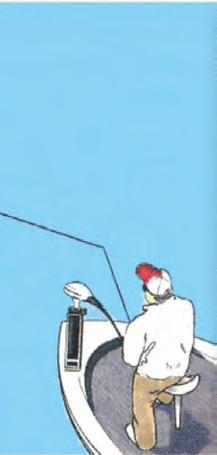
He has appeared in numerous podcasts, television and radio shows, and has hosted six foreign instructional fishing videos for Shimano, both on bass and light-tackle saltwater angling. He also hosted a series for ESPN-2 called The Lure Collector – a ten-part series on antique tackle. Schultz has a keen interest in vintage tackle and studying the lore of the sport. He spends countless hours pursuing and researching what he calls “the tools of his trade.” He is an active member of the Florida Antique Tackle Collectors (FATC), National Fishing Lure Collectors Club (NFLCC) and Old Reel Collectors Association (ORCA).
Recently, Schultz completed his twentieth season on the Bassmaster Elite Series, while representing many of the biggest brands in fishing – including Mercury Marine, Caymas Boats, Power-Pole, Shimano, Fuji Rod Components, Hildebrandt, GSM Outdoors, Yamamoto, Frog Factory, T-H Marine, Garmin and Battery USA. He remains a consistent performer and has become one of the most sought after professionals in the business. Schultz currently serves as a columnist to Bassmaster.com, Inside Line (baits.com) and Ontario’s JustFishing.ca. You can follow him on Instagram, Facebook and through his website.
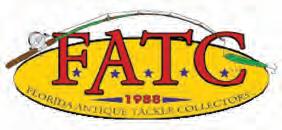
Florida Antique Tackle Collectors
A non-profit, member-supported organization dedicated to the preservation of our angling heritage, history, and artifacts.
Florida Antique Tackle Collectors, Inc. is a not for profit, member supported organization registered in the State of Florida. The purposes of the Club are to enhance and promote the collection, preservation and knowledge of old or antique angling memorabilia and the history of tackle produced in Florida and to assist other groups and organizations with similar goals. In order to enhance the knowledge of these subjects, the collection and preservation of examples of fishing tackle is to be encouraged for the benefit of present and future generations.
FATC sponsors three exhibitions each year throughout the State of Florida. Club Members bring historical displays from their collections of old fishing tackle and also bring old tackle to trade among themselves. The public is invited to attend these exhibitions and encouraged to bring their own old tackle for free appraisals by Club Members.
Anyone who shares an interest in old or antique fishing tackle is encouraged to join the FATC. Contact any Club officer or member for additional information.
Our next show will be held in St. Augustine, Florida
February 6-8, 2026

F .A.T .C.
By Don Norton
Florida Antique Tackle Collectors, Inc. is a not-for-profit, member-supported organization registered in the State of Florida. The purposes of the Club are to enhance and promote the collection, preservation, and knowledge of old or antique angling memorabilia and the history of tackle produced in Florida, and to assist other groups and organizations with similar goals.
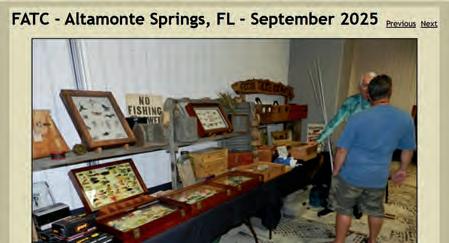
I was invited to attend the most recent show, held in Altamonte Springs, Florida, on September 12th and 13th, by a friend and fellow member, Gene Meisenberg. He had been telling me about the group for some time, and I was excited to see the collection of old fishing lures, as well as meet another friend of his, Bernie Schultz.
I had been following Bernie’s fishing career for a long time, and I had no idea he was also an avid antique lure collector. Bernie and Gene had met and become friends years ago while competing in fishing tournaments at the highest level with B.A.S.S. and FLW. Gene has since retired, but Bernie continues to fish in tournaments actively. In addition to their passion for fishing, both enjoy collecting vintage fishing lures.
FATC sponsors three exhibitions each year throughout the State of Florida. Club Members bring historical displays from their collections of old fishing tackle, and also bring old tackle to trade among themselves. The public is invited to attend these exhibitions and encouraged to bring their own old tackle for free appraisals by Club Members.
I wasn’t able to attend on September 12th, but the following morning, September 13th (on my birthday), I set out for Altamonte Springs. As the
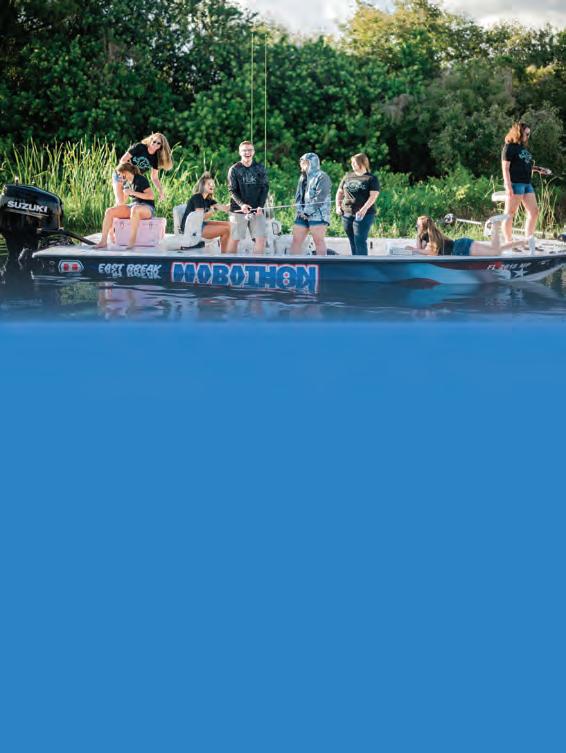
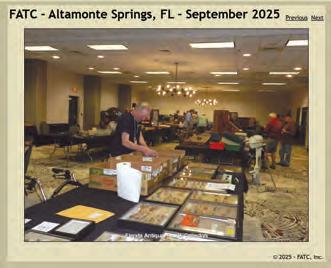

crow flies, Altamonte Springs can’t be more than 80 miles from Sebring, but after two hours of competitive driving on I-4, I finally arrived at the Embassy Suites hotel.
I was surprised to be greeted by Chuck Heddon, the great-greatgrandson of James Heddon (1845–1911), the founder of the James Heddon and Sons company. I had planned to talk more with him later, but I never got the chance.
I quickly recognized Gene, standing beside his tables lined with handcrafted, wood tackle boxes, talking to an interested customer. He promptly greeted me and began introducing me to many of the folks in attendance. One of the first was Bernie Schultz, one of the best-known bass professionals in the state of Florida. I had followed his career for years and had read many of his articles in Bassmaster magazine. His knowledge and display of antique lures was incredible.
We continued down the long line of tables, meeting one exhibitor after another, shaking hands and looking at their collections. I didn’t make it halfway down the first aisle before I purchased an incredible framed reproduction of a largemouth bass attacking a school of baitfish. Minutes later, I met Scott Morgan, who not only makes his own hard bait fishing lures, but wraps them in real snake, frog, or fish skins. Of course, I had to buy a couple of them for my personal collection.




One after another table was filled with old lures I’d only seen pictures of or read about. There were approximately 75-100 exhibitors, and I had a limited amount of time to see them all. It was a fun trip, and I really enjoyed meeting everybody, and I especially enjoyed seeing all the different collections.
The next meeting will take place in February in St. Augustine and is considered their largest event of the year. I’m looking forward to attending it with my wife.
Anyone who shares an interest in old or antique fishing tackle is encouraged to join the FATC. Contact any Club officer or member for additional information.
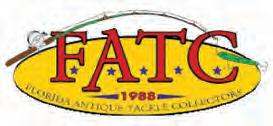
By Peggy Choquette
The barn smelled of dust and time. In its shadows sat a forgotten beauty, a 1955 Chris-Craft cabin cruiser, her mahogany hull dulled by years of neglect. She came with relics of another era: a pristine trolling motor, faded life jackets, flares, a first aid kit, and a leather-bound captain’s log, its pages yellowed but alive with stories.
The log spoke of adventures from Tampa to the Florida Keys and the Dry Tortugas. Each entry was meticulous—wind speeds, water conditions, friendships forged, fish reeled in. The captain had loved her well.
For me, the sight of that boat was more than nostalgia; it was a homecoming. I had spent childhood summers on Georgian Bay in the same craft. Her name was Whistle Wind, and she once belonged to my family. Buying her felt like reclaiming a piece of my soul.
Jesse and I worked tirelessly to restore her. We polished teak and mahogany until they gleamed like memories reborn. As I worked, I imagined the original captain casting lines into turquoise waters, sharing his catch with strangers who became friends. I dreamed of the adventures Jesse and I would write into her story.
WHISTLE WIND

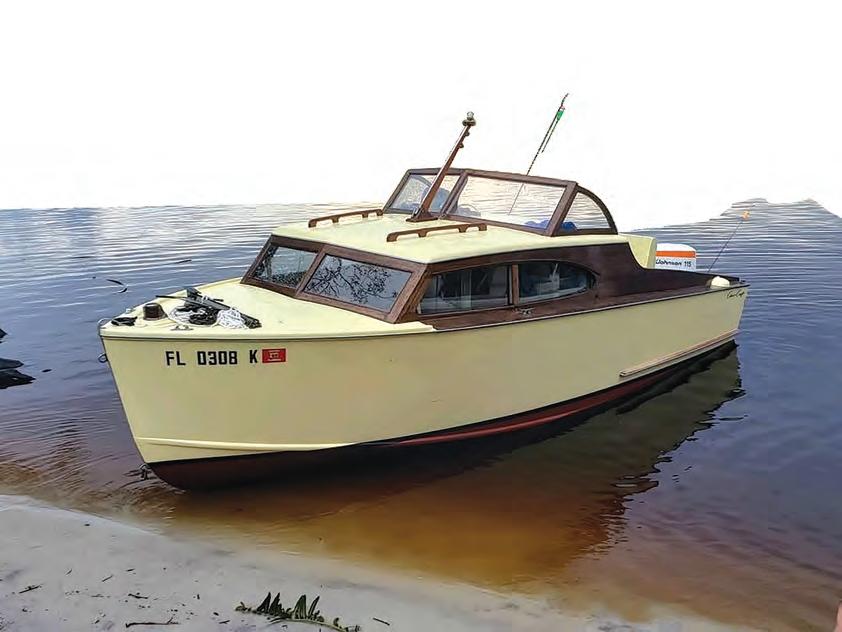
And we did. For five years, Whistle Wind—now Jesse’s Other Girl— carried us across Florida’s waters. We watched sunrises from her bow, coffee warming our hands, and sunsets that stole our words. Rainy afternoons found me tucked in her tiny cabin with my daughter, reading the captain’s tales aloud. Every time I stepped aboard, I felt the presence of two men—the
captain and my father—whispering through the wind. She was more than a boat. She was a bridge between past and present, a vessel of memories old and new. Today, I miss her—the lazy days, the innocent time, the way she turned heads like a ghost from another world. But in my heart, Whistle Wind still sails.
— Peggy Choquette - Fish Candy Bait and Tackle
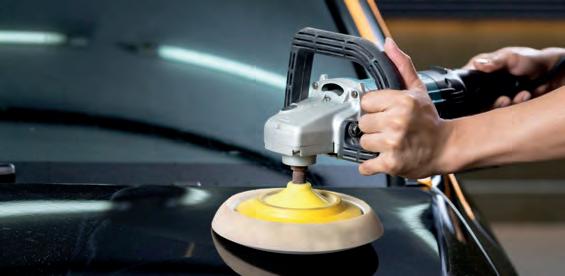




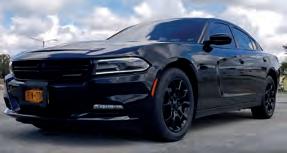
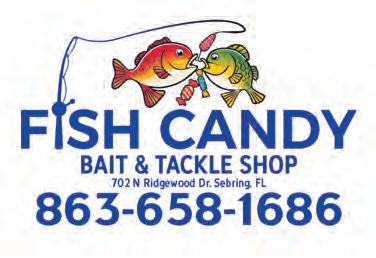
Rods
702 N Ridgewood Dr. Sebring, FL 33870 863-658-1686
Summer Hours: Monday - Friday 7am-5:30pm Saturday 7am-3pm Closed on Sunday
Jesse A. Choquette Owner-Operator
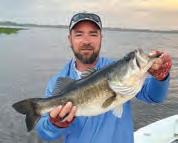

Come Outside & Play!


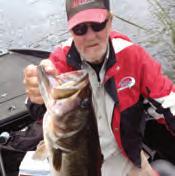
ASK RED
By Don Norton
Is it true that most bass die of old age?

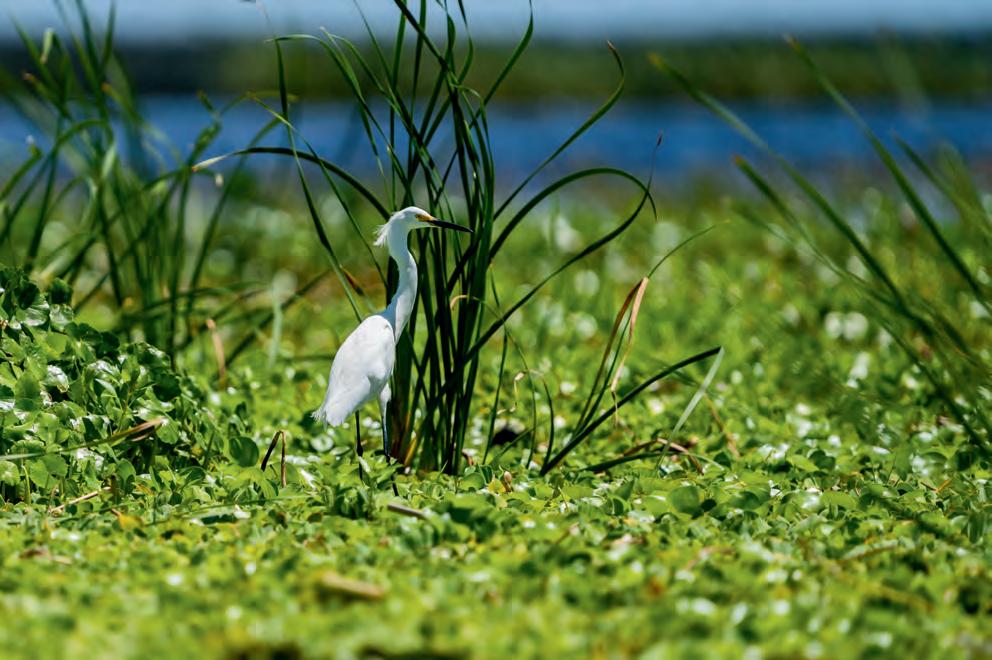
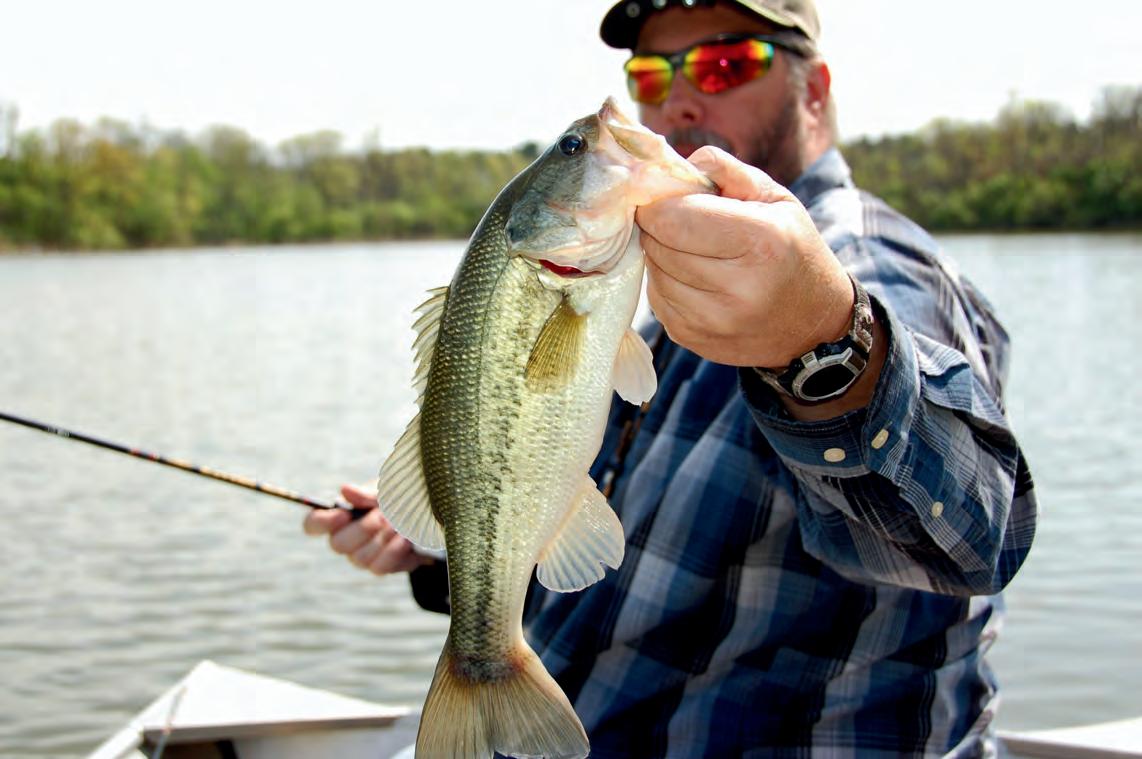
Experience world-class bass fishing in the heart of Okeechobee, FL, where every cast is an opportunity for an unforgettable catch.

es, it is true! The vast majority of record-sized bass die of natural causes, typically due to old age. Often, without ever seeing a fishing lure or being caught and released back into the water.
The next time you’re on a body of water, take a moment to look at the vast amount of vegetation in the lake. A large bass may have spent its entire life far from the reach of a fisherman’s cast, deep inside the acres and acres of plant life. Or consider the deep water. Many of the lakes we fish have depths of 35 feet or more, and some bass spend their entire lives in deep water –
Largemouth bass of any size can die from a variety of reasons, such as natural causes, disease, habitat loss, pollution, and improper handling. They can also suffer from oxygen depletion if they are kept out of the water for too
When a Largemouth Bass dies, its body will sink to the bottom of the water, where it can provide nutrients for scavengers and other organisms. As the body decomposes, it releases nutrients into the water that plants and other aquatic organisms can take up. This process of decomposition is a crucial part of the marine food web and nutrient cycle, as it enables the recycling of organic matter and the transfer of energy from one organism
Scavengers like crayfish, turtles, and other fish will feed on the carcass of the Largemouth Bass. They break down the body and reduce it to smaller pieces. Bacteria and other microorganisms will also play a crucial role in the decomposition process, breaking down the organic matter and releasing nutrients into the water.
Over time, the body of the Largemouth Bass will decompose completely, returning its nutrients to the ecosystem. These nutrients are absorbed by plants, which herbivorous fish and other organisms can consume. In this way, the Largemouth Bass, even in death, continues to play an essential role in the ecosystem, providing nutrients that support the growth and survival of other organisms.
Five reasons Largemouth Bass die:
1. Hook injuries. Improperly removing a hook from a Largemouth Bass can cause internal injuries that may lead to death. Leaving hooks in the fish
can cause fatal infections or damage their internal organs.
2. Oxygen depletion. Largemouth Bass require oxygen-rich water to survive. When water temperatures rise or oxygen levels drop, they may become stressed or suffocate. In shallow, stagnant water, oxygen levels can drop to lethal levels, causing mass die-offs. Keeping fish out of the water for too long to take pictures causes stress and oxygen depletion. This can lead to fatal consequences.
3. Disease and parasites. Largemouth Bass can be vulnerable to a variety of diseases and parasites that can weaken or kill them. These can include bacterial infections, fungal diseases, and parasitic infestations.
4. Environmental stressors. Changes in water temperature, pH values, and pollution can all stress Largemouth Bass, making them more susceptible to disease and death. High water temperatures can increase metabolic rates, leading to oxygen depletion and death. Changes in pH can impair a fish’s ability to maintain proper bodily functions, potentially leading to organ failure and death. Pollution can cause a range of health problems in Largemouth Bass, including reproductive failure, reduced growth rates, and mortality.
5. Improper catch and release practices. Improper catch and release practices, such as using the wrong type of hook or releasing fish back into the water too quickly or too slowly, can increase the mortality rate of Largemouth Bass. If a fish is hooked deeply, it is often better to cut the line and leave the hook in rather than causing further injury. Fish that are released too quickly can experience trauma or shock, while fish that are held out of the water for too long while taking pictures can suffocate or become more vulnerable to predation.




• Share a laugh- stay connected & savor life
• Look confident- hearing aids are now so tiny, they’re virtually invisable
• Be happier- hearing aids help keep you independent
Hearing Evaluations
• Comprehensive diagnostic audiological evaluations and hearing tests for adults and school-aged children.
• Video otoscopy for detailed viewing of your ear canal
• Computerized hearing aid analysis (Real Ear Measurement)
Hearing Aids
• Full line of hearing aids, specializing in digital hearing aid technology
• Assistive listening devices
• Follow-up fine-tuning visit to ensure maximum benefits
• Digital/bluetooth hearing aid technology
Hearing Accessories
• Premium batteries and other hearing aid accessories
• Custom ear molds for hearing aids, iPods, and MP3s
• Water protection earplugs
• Noise protection for musicians and sportsmen
Additional Services
• Hearing aid repair services for all makes and models
• Hearing aid cleaning services
• Routine maintenance and cleaning
• Rehabilitation Services
• Cerumen Management (earwax removal)
• Counseling for hearing loss and Tinnitus


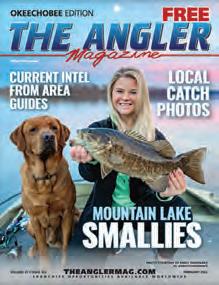
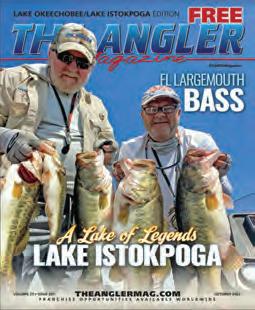

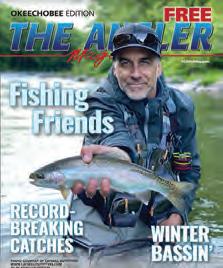
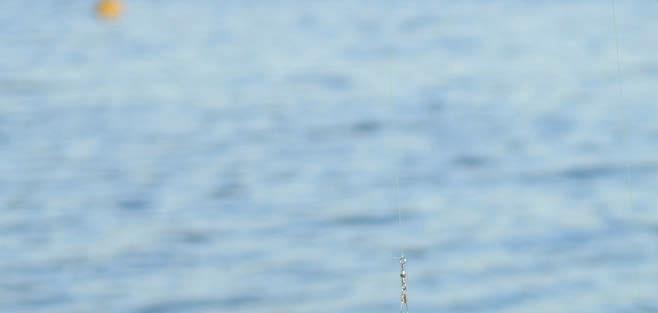
• Stay healthier- good hearing protects against memory problems & falls
• Excel at work- perform at your best & maintain earning power
• Seminars for groups and organizations including support groups
55 YEARS

and planned to rent the RV spaces to visitors.
At the June 9, 2016, county commission meeting, Guy Harvey representatives explained that after doing more research into the expense that the renovations would require, including replacing the utility lines, they determined that in order to secure the necessary financing, they need to purchase the campground portion of the property so that they could sell RV lots there.
At that time, they proposed to lease the area with the boat docks, marina and the main building (formerly Lightsey’s Restaurant) and purchase the rest of the campground.
This change in the proposal required the county to obtain permission from the state, since the state still had an interest in the property. The county completed the purchase of the state’s interest in the Hog Island property in October 2016. This allowed the county the option to sell the campground. The change in the proposal also meant the county had to go out for bids again.
At their Nov. 10, 2016, meeting, the Okeechobee County Commission adopted an ordinance that allowed the county to consider factors other than price when choosing the best “bid” on county property.
Due to the changes in the concept, the county had to put out a Request for Proposals (RFP) on the property and allow all interested parties to bid.
On May 16, 2017, the county received two proposals for the acquisition and redevelopment of Okee-Tantie Campground and Marina from Outpost Club Lake Okeechobee LLC (Guy Harvey) and Bass Pro Shops.
Bass Pro offered to pay the county $3 million, with $300,000 paid up front.
Guy Harvey’s plan would have started with a lease for up to 48 months, at a rate of $1/year, followed by payments of $550,000 when the first phase was completed, and $550,000 when the second phase was completed up to 60 months. The county would also receive 1 percent of park receipts, with the rate increasing at half a percent every five years, for a max of the county receiving 5 percent of park receipts.
2025 Nitro Bassmaster Elite Qualifier at Lake Okeechobee presented by Bass
Pro Shops
November 13–15 • Lake Okeechobee, Clewiston, FL
At their June 22, 2017, meeting, the county commissioners unanimously chose Bass Pro’s proposal to develop the campground.
On Jan. 16, 2018, the Okeechobee County Board of Commissioners officially signed the contract with Bass Pro to develop the Okee-Tantie Recreation Area.
“We believe that we are the most qualified partner to design, develop and operate a high-quality fishing resort on the most notable bass fishing lake in America,” Johnny Morris, Bass Pro Shops founder, wrote in their bid on the project. “We also feel that the strength of our company and its marketing horsepower make us the very best marketing partner to promote this great fishing destination.
“For over 30 years, Bass Pro Shops has been sharing outdoor passions through our nature-based Resort Division. From our previous personal visits to this property, as well as the many years spent fishing there, I believe our company is the absolute best long-term partner to develop the amazing lake front property known as Okee-Tantie.
“We are very passionate and serious about committing to invest our time and resources to develop this property in a first-class manner,” Morris wrote.
The proposal overview states: “Our vision, as detailed within this document, is to create a nature-based, fishing resort destination that offers all visitors a variety of world-class accommodations, state-of-the-art marina facilities for fishing and boating, and genuine world-class hospitality.”
Over the past few years, Bass Pro officials have run into issues that had to be cleared through the U.S. Army Corps of Engineers, because the project is inside the Herbert Hoover Dike. In July 2021, USACE also found there was an easement on the property, tucked away in West Palm Beach in 1938. At the time the county signed the contract with Bass Pro, they had cleared the title with the state and had no idea about the additional federal easement. The process to clear this easement with USACE took many months.
*This article is reprinted with the permission of Katrina Elsken, Lake Okeechobee News, on October 2nd, 2025.
Progressive Bassmaster Elite Series
The Progressive Bassmaster Elite Series is the highest level of professional bass fishing tournaments. Competitors must qualify for the series through the St. Croix Bassmaster Opens or the B.A.S.S. Nation, and anglers who are already on the Elite Series must re-qualify each year by maintaining enough points throughout the season. The pro anglers compete all season for the opportunity to win points toward the Progressive Bassmaster Angler of the Year award and to qualify for the Bassmaster Classic.
The series was founded in 2006. Its predecessors were the Bassmaster Tour, Top 150 and Top 100.
Tournament
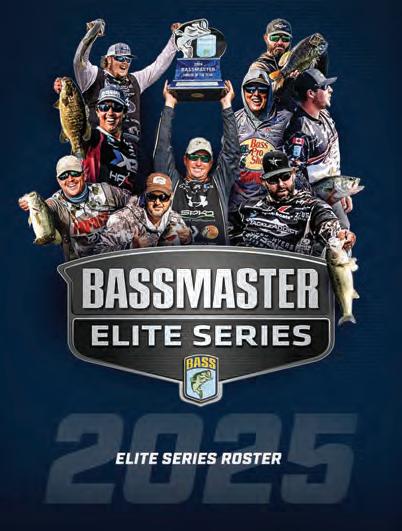
The Future of Tournament Bass Fishing
By Don Norton

Bass fishing tournaments have been around for the last 60 years in one form or another, evolving from the mid-1960s, when other species of fish were included, to the present day, when only bass are allowed.
Ray Scott influenced bass fishing tournaments more than any other person when he established the Bass Anglers Sportsman Society (B.A.S.S.) in 1968 and sponsored one of the very first all-bass tournaments.
The initial response from anglers was good, and it didn’t take long before dozens of fishermen entered the tournaments and bass clubs began forming all over the country. But it also didn’t take long before the public became upset with the hundreds of fish being killed and removed from their lakes as a result of the tournaments.
Scott had to do something quick, and he did. In 1972, he established a “Catch and Release” program for his tournaments, which was quickly adopted by bass clubs nationwide and by other bass fishermen to protect the species. It proved to be the answer to saving what otherwise might have been a failed idea.
Unfortunately, as more and more tournaments were held, some folks remained concerned that the potential fish kill still existed.
According to an article by Karim Banna published on October 13, 2025, an Auburn University study found that tournament-caught largemouth bass have higher mortality rates than those not caught. Many tournaments have rules to penalize fish mortality.
Despite these risks, many tournaments implement best practices to minimize harm. These practices include using tools like weigh-in bags that provide proper aeration and limiting the time fish spend out of water.
Catch-and-release stress: the physiological and psychological stress experienced by fish during tournaments. This stress occurs as fish are caught, handled, and released back into the water. Studies indicate that stress can weaken the immune system and increase vulnerability to disease. Research by Wydoski and Thorson (1979) shows that stress responses in fish can persist for up to 24 hours post-release, affecting their survival in the wild.
Physical injury to fish: Physical injury to fish arises from the handling and hooking process during tournaments. Fish may experience injuries

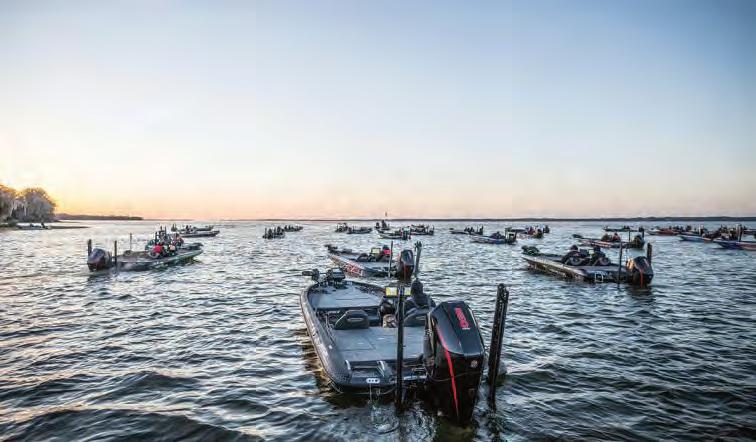
such as hook wounds or scale loss. A study by Cooke and Schramm (2007) highlights that injuries can lead to infections, which may ultimately reduce survival rates. Prompt and careful handling during tournaments is crucial to minimizing these injuries.
Water temperature and oxygen levels: These factors significantly affect fish survival rates during tournaments. Higher temperatures often lead to lower dissolved oxygen, which can stress fish, particularly during summer events. Research conducted by Baird and Brown (2018) demonstrates that elevated temperatures combined with low oxygen levels can increase the mortality of released fish by up to 30%.
T o urnament mortality rates: the percentage of fish that die after being released. These rates can vary based on species, water conditions, and tournament practices. According to the American Fisheries Society, mortality rates can range from 1% to 20%. Summertime and high water temperatures also increase mortality rates.
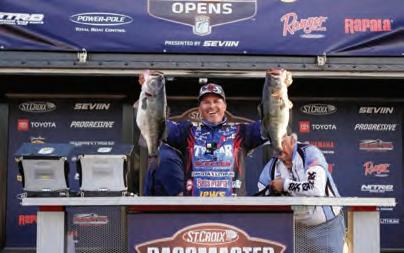
Due to the potential for mortality, many tournaments, particularly kayak bass tournaments, are eliminating the need for a weigh-in, allowing anglers to weigh and measure their fish immediately and release them as soon as possible to reduce the likelihood of mortality.
But for many spectators, the opportunity to see the fish being weighed in is extremely important. Doing away with the weigh-in may improve bass mortality, but it may also eliminate the need for one.
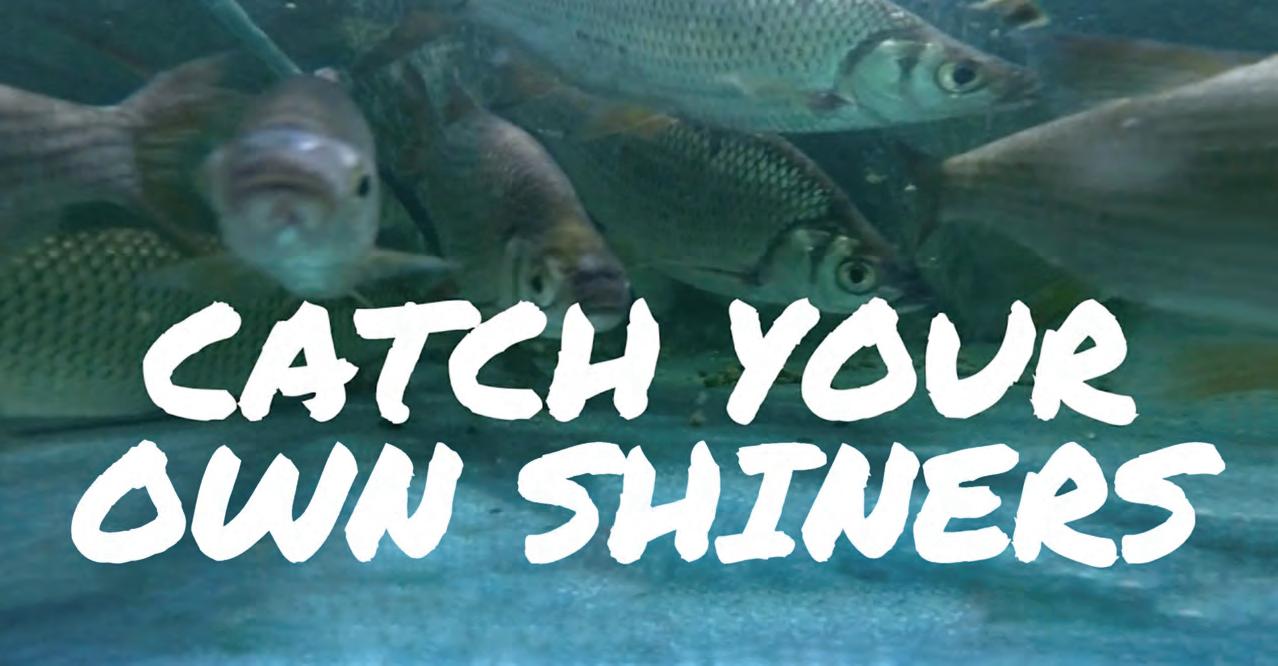

By Don Norton
In 1990, I moved to Florida from Ohio, and I couldn’t wait to fish Lake Okeechobee and catch one of those trophy bass. I had been bass fishing my whole life, not only in Ohio but in several other states as well. However, I had never fished for bass with shiners or any other type of live bait.
I quickly learned that if you wanted to catch a real wall hanger, your chances were significantly increased using a large golden shiner. Since I’d only ever fished with artificial baits, I hired a guide, and I was surprised by how many bass we caught that day. I was even more surprised when he charged me an additional $100.00 for five dozen shiners.
That was when I decided to catch my own.
I started a bass fishing guide service on Lake Istokpoga, but I rarely took clients fishing with shiners. I did, however, fish quite a bit with my brother, who loved fishing with shiners. We figured out pretty quickly how to fill the livewell with big, fat golden shiners, and we seldom had trouble catching them.
Back then, we started fishing at daybreak and seldom got off the lake before dark. At first light, we fished topwater lures for an hour or two, and as the sun came up, we’d run over to another spot and “chum” the water with dog food or
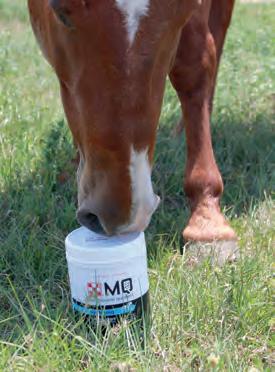
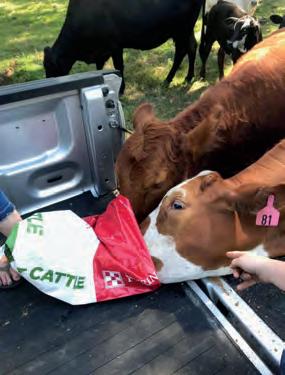
animal feed. We always tried to pick an area with little to no vegetation on the bottom, so we didn’t end up with a lot of weeds in our cast net.
After we chummed three or four places, we went back to fishing with artificial baits until lunchtime. When we returned to the spots (we always marked them with a ½” PVC pipe), we’d throw out some more chum and either use the cast net or our cane poles baited with doughballs. It never took us long to catch dozens of shiners.
I don’t fish too often with shiners nowadays, but if I did, I’d catch my own. At $24.00 a dozen, and even more in some places, I know just where to go and what to use to catch all I need.
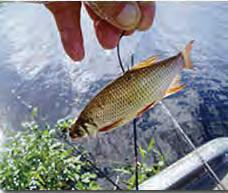
I’ve used just about everything for chum over the years, including some pretty smelly stuff I made in the kitchen that my wife made me throw out. I still have a mix of chicken and hog feed, but if I were going after shiners today, I’d stop by and get some more at Glissons Animal Supply, 4525 US Highway 27S in Sebring That’s all you need!
At home, I feed the bluegills and tilapia daily with a combination of catfish pellets and freshwater fish pellets. I would use it to chum with, but the chicken and hog feed is cheaper, and the shiners seem to prefer it.

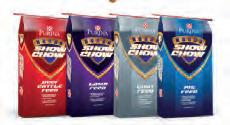
AFTER THE CHILL HOW COLD FRONTS SHIFT THE FALL BASS BITE
By Joey Bloom, Copper State Tackle Tournament Pro
There’s nothing quite like the rst real cold front of fall in the Southeast. One week you’re wearing a short-sleeve shirt and chasing schooling sh under bluebird skies, and the next, you’re bundled up, watching your breath in the morning fog, wondering where those sh disappeared to. When the water temps take that rst noticeable drop— usually sliding from the mid-70s into the 60s—it marks a big turning point in fall shing. e bass feel it too, and their behavior changes almost overnight.

A er a strong cold front, the rst thing I notice is how much tighter sh get to cover. ose aggressive, roaming schools that were chasing bait across shallow ats will suddenly scatter. e sudden high pressure that follows a front can make sh sulk and suspend, and the feeding windows get short. It’s not that they stop feeding entirely—they just reposition and get more selective. For me, this is when slowing down and thinking about the why behind each cast becomes crucial. Bass are still following the bait—usually shad— but their movements tighten up. I’ll start by checking shallow areas near deep water access, like secondary points, creek channel bends, or riprap banks near the mouths of pockets. ese are transition zones where bass can adjust depth easily as the temperature and pressure uctuate.
Baits That Shine After the Front
When those water temps dip, I turn to con dence baits that match the conditions and the mood of the sh. A lipless crankbait is one of my rst picks—it gives o a rattle and tight wobble that’s perfect for cooler water. I’ll run something like “Bill Lewis” 1/2 oz trap in a natural shad colors along
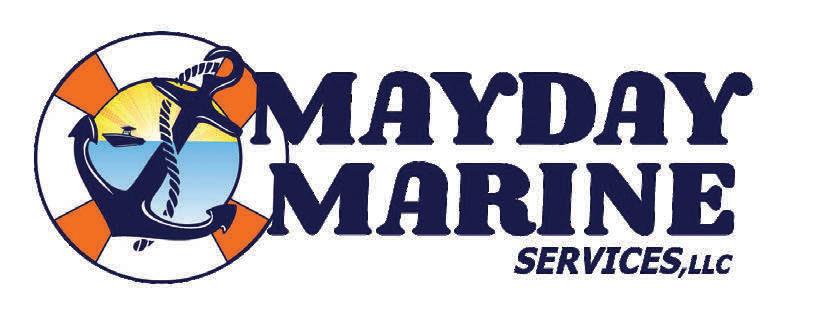


shell bars, grass patches, or around isolated wood. e key is to sh it methodically—make contact with cover and pop it o en. If the lipless bite feels o , I downshi into nesse mode. A 1/2-ounce jig with a Bait Cave Customs Cave Cricket Craw trailer is deadly around docks, brush, or isolated laydowns. I’ll pitch it on lighter line and really soak each piece of cover. e colder the water gets, the longer I’ll let that bait sit.
Another underrated player this time of year is a suspending Rapala jerkbait. When bass suspend er a front, that slow, twitch-pause-twitch cadence can trigger bites from sh that otherwise wouldn’t move far. On high-pressure bluebird days, I might make a cast, let the bait sit ten seconds, and only then give it a twitch. It’s all about patience and timing.
Patterns to Check
e best post-front patterns o en come down to consistency. Look for areas with a stable food source—places where bait sh stack up despite changing conditions. In reservoirs across the Southeast, that might mean a windblown main-lake point one day and a calm pocket the next. Keep an eye on your electronics, follow the bait, and don’t be afraid to adjust your depth until you see life.
Cold fronts separate the patient from the impatient. It’s a time to slow down, sh smart, and make every cast count. e bass might be moody, but they’re still there—and with the right mindset and a few Copper State Tackle baits on your line, you can turn those tough post-front days into opportunities.
Pro Tip: When in doubt, start with a lipless crankbait to cover water and locate active sh. Once you nd them, pick up a jig or shakey head with a Bait Cave Customs ick Stick worm to milk the area for those extra bites. You can grab both at Copper State Tackle—the gear I trust when every ounce matters. Follow all of Joey Bloom’s shing and fun on Instagram, Facebook, and YouTube at Joey Bloom Fishing.
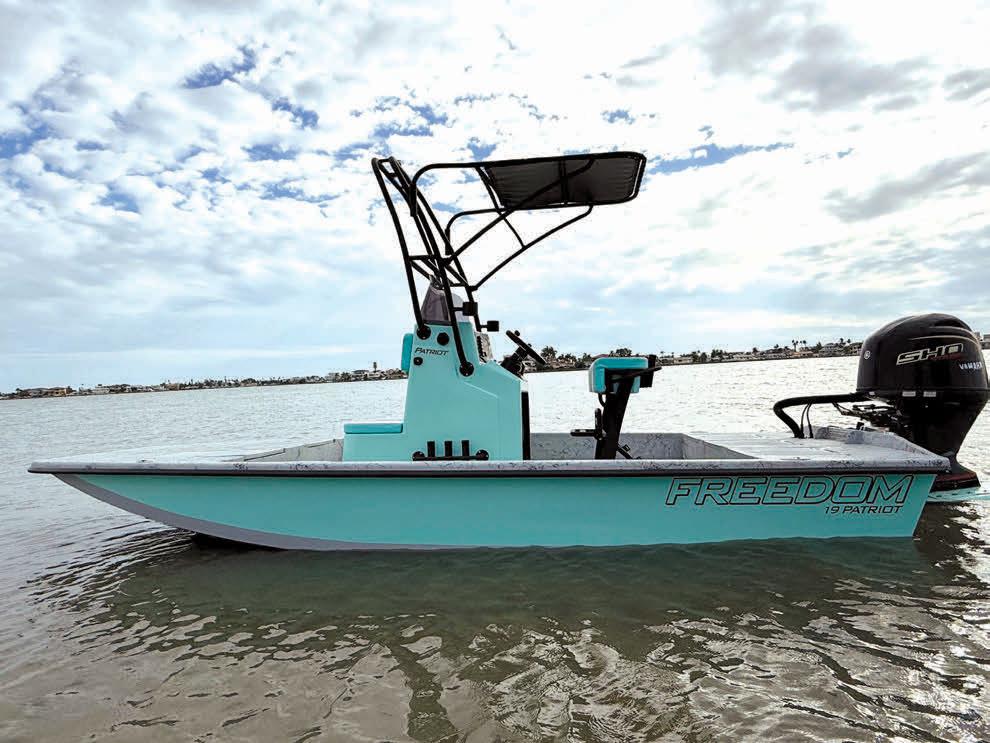

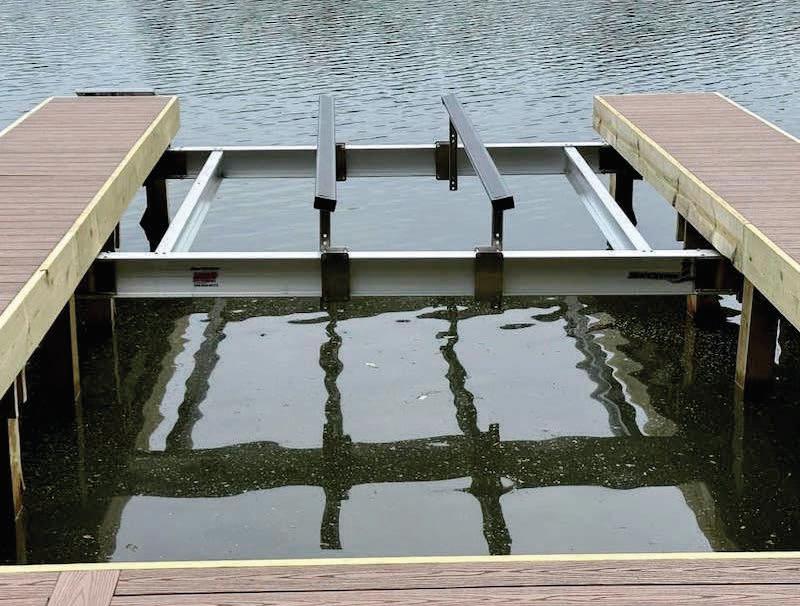
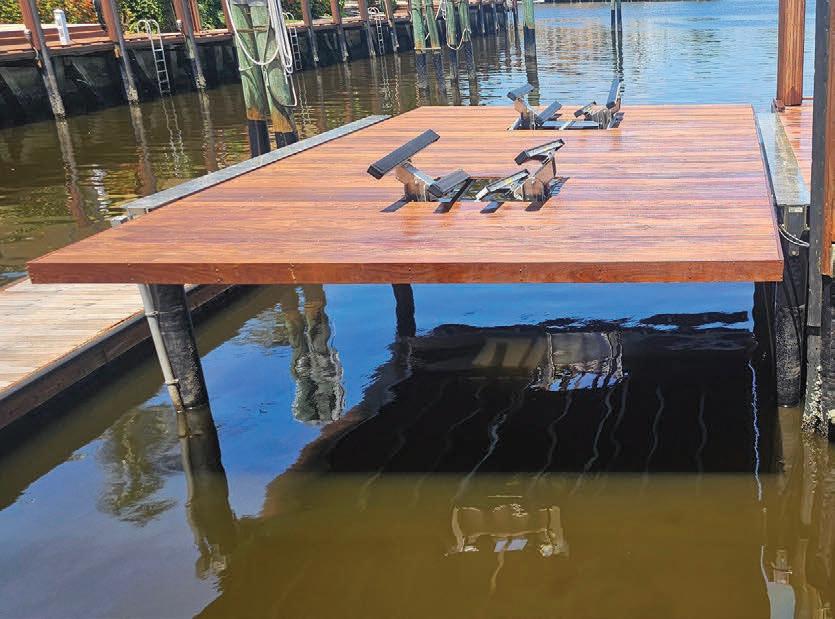
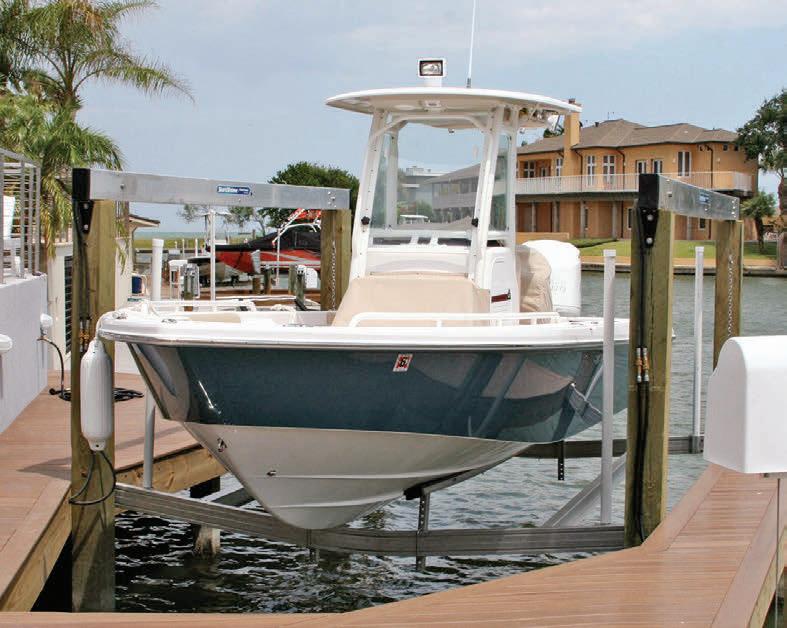

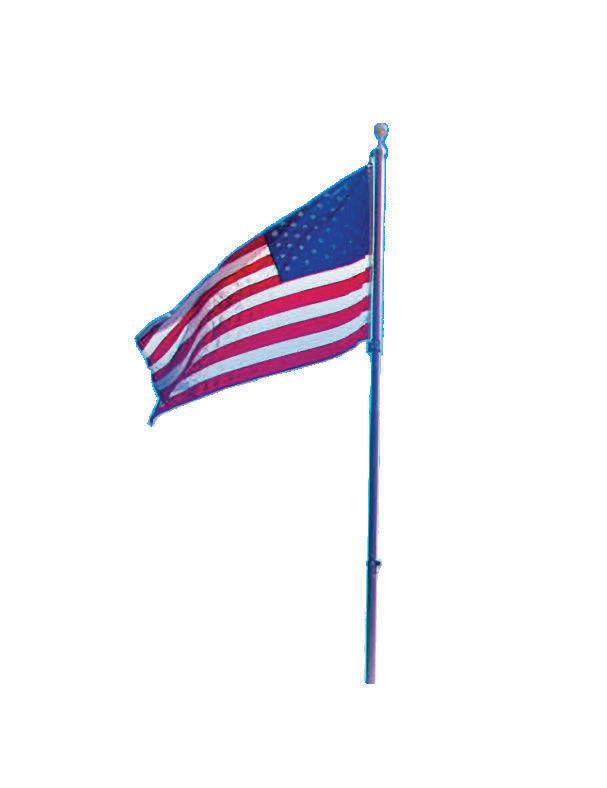
Durable boat lifts expertly designed with Florida in mind.
ShoreStation hydraulic boat lifts are a reliable choice for coastal residents and boating enthusiasts alike. Their strong construction, made with corrosion-resistant materials, allows them to withstand harsh environmental conditions, including sun, storms, and saltwater damage. ShoreStation provides a steadfast solution for protecting waterfront investments, o ering peace of mind to owners in the Sunshine State.

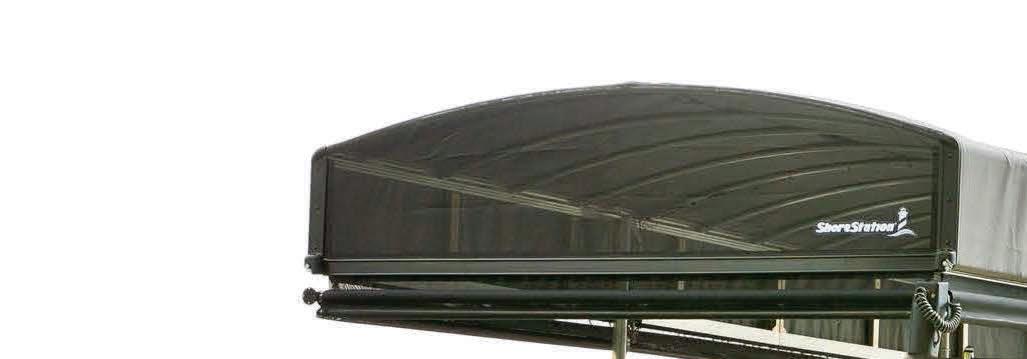


Under Deck Boat Lift
Four Piling Boat Lift
Deck Over Boat Lift

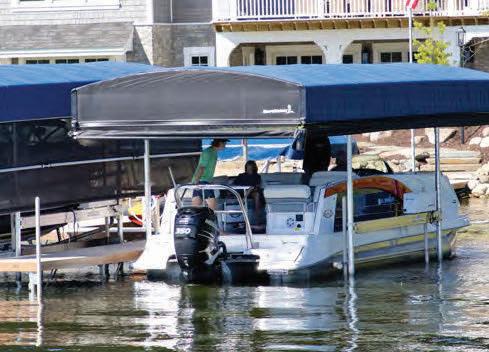
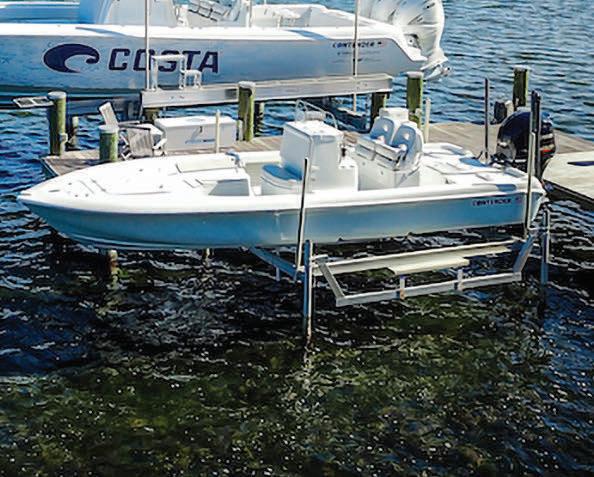
REVOLUTION™ Series Canopy Cover
Equipped with exceptional weather resistant fabric and breathable SunTex 80 woven mesh ends for maximum protection and durability,

Quickly Secures Boat
Made from the highest quality materials, our innovative hydraulic boat lift is one of the fastest and safest lifts on the market today. When you have a hydraulic lift, there’s no need to worry about wind and waves getting in your way. This lift will give you con dence to safely land and secure your boat in less-than-ideal conditions.
Solar Battery Charging System
Never miss another moment on the water. Power your lift with clean, free solar power. Our speedy 20 watt charger features solar regulator drainage protection, saving your battery from permanent damage caused by overcharging.






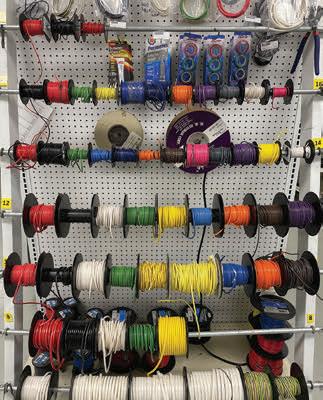

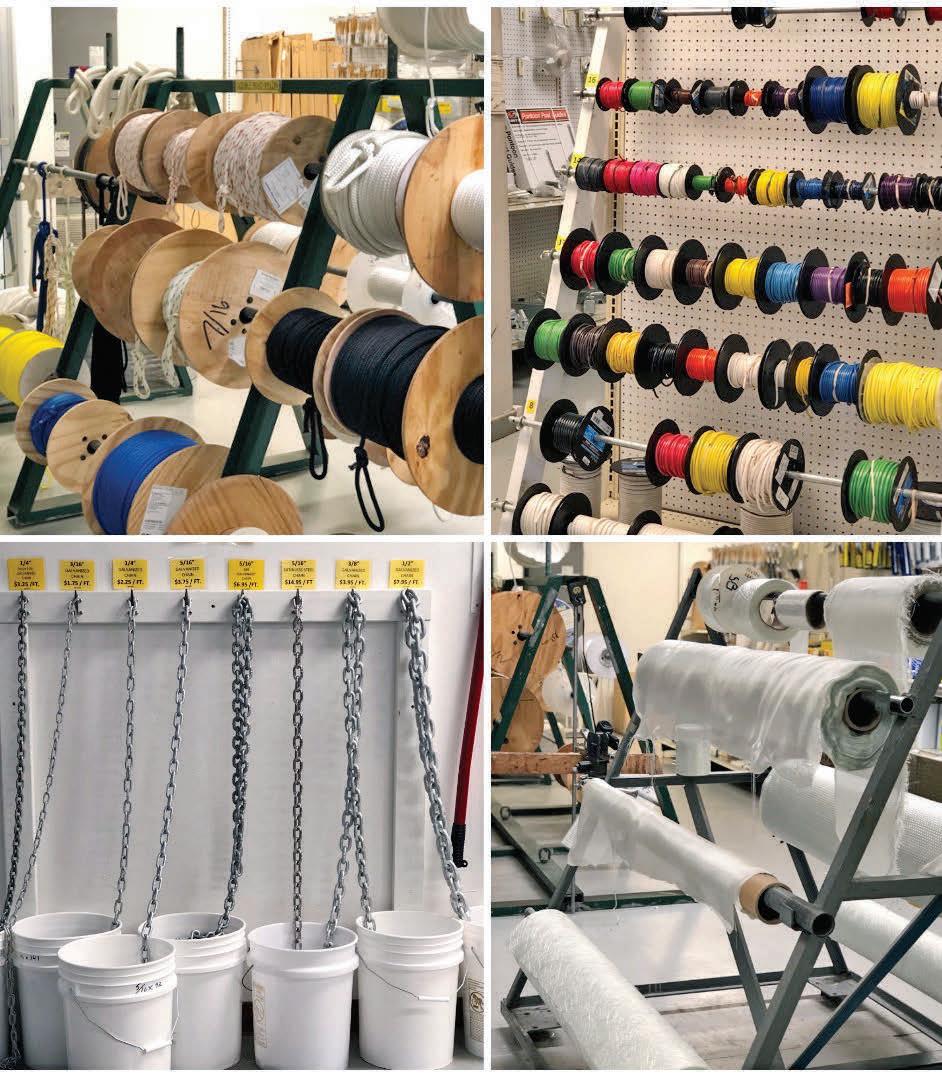
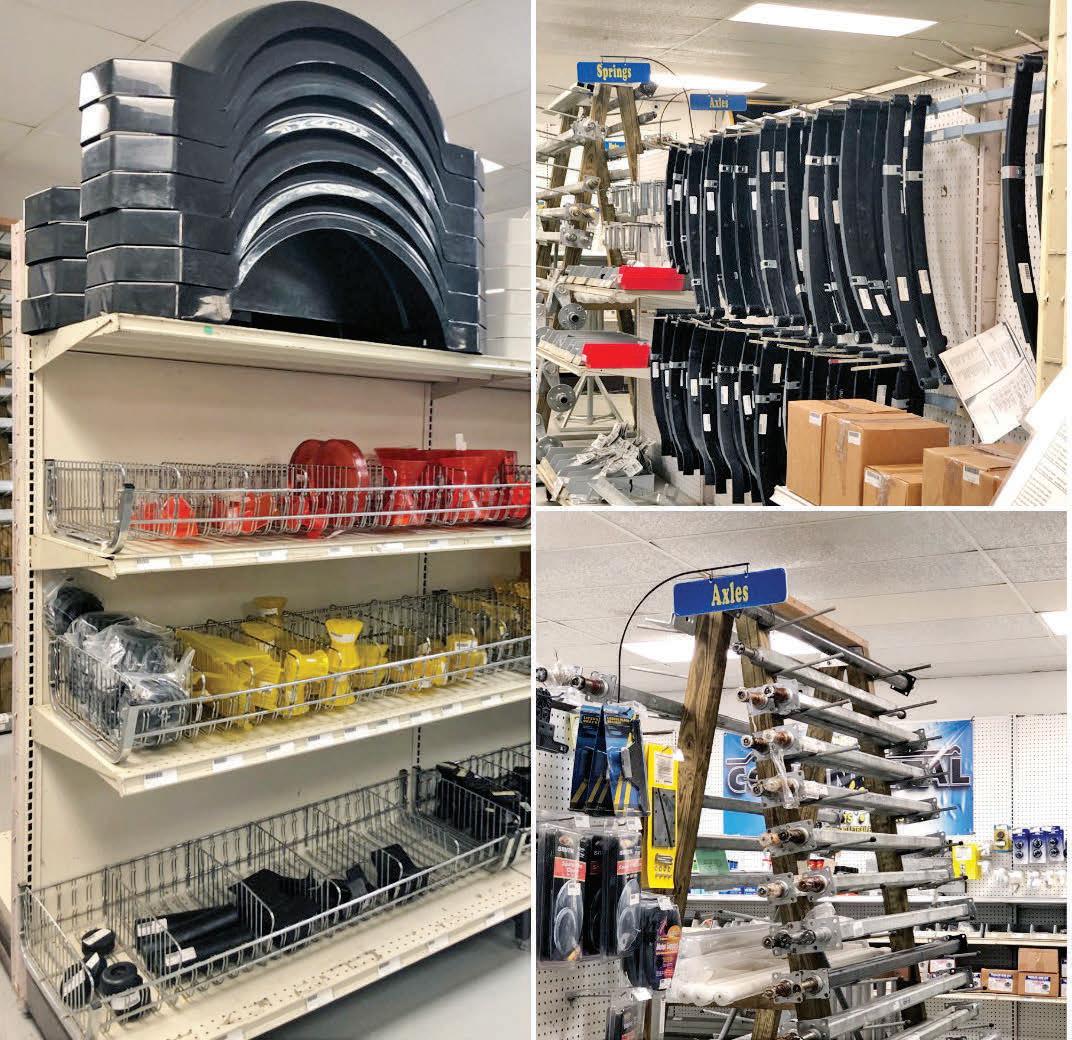




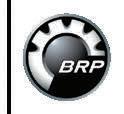
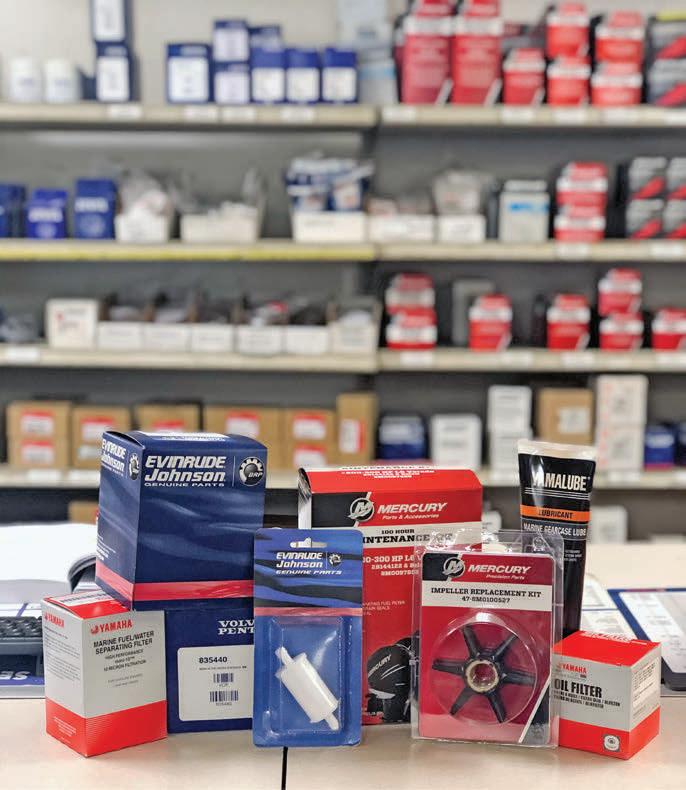
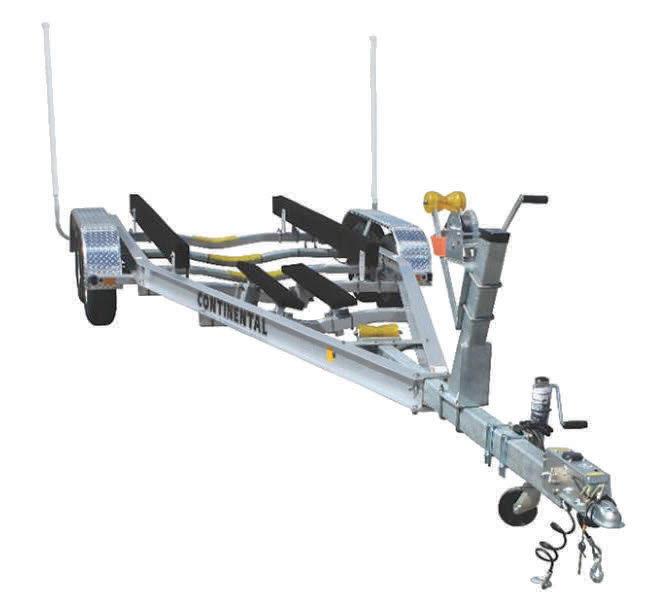
















Sail On...
By Will Schmidt
Sail!sh are known as the fastest !sh on the planet, but they o er more than blazing speed to those who chase them o Florida’s east coast, such as I did on a recent !shing excursion. Spectacular surface bites and astonishing acrobatics make these !sh a coveted catch for even the most experienced anglers. For !rst timers, it’s an adrenaline !led !ght that will stick with you long a er the !sh swims back into the cobalt blue Atlantic. is trip was special for a few reasons. First, we had rising country star Ben Gallaher (IG: @Ben_Gallaher) with us. Ben is an avid outdoorsman and bass !sherman, but he had never caught a saltwater !sh. I was also excited to !sh with some new friends, Capt. Geoge Gozdz of “Unfathomed” (IG: @captgeorgegozdz) and Chris Bishop, VP of marketing at Yo-Zuri (iG: @Yozuri_Lures).
A er just a short run o Port St Lucie, we set our spread, and I could sense any strikes would likely be dramatic. e water was crystal clear and glass at giving us a great view of any action. e !rst !sh in, came crashing into the spread chasing and slashing at a bait with its bill. Unfortunately, as aggressively as it came in, it turned and retreated without eating.
As we reset the spread anticipation grew to !nd Ben’s !rst saltwater adversary. Fortunately, another sail came in a smashed the right rigger. However, it ran right at us, and we were never able to get tight. Undaunted, we set up again. Soon all the baits were nervously darting on the surface. e le atline erupted as the sail slashed, splashed and devoured the bait. Ben was on, and this !sh leapt and twirled with all the acrobatics of a Cirque du Soleil show. ere was still another to eat and moments later we doubled up. Both !sh cooperated with plenty of arial antics and a er a good !ght we had both !sh to the boat. To say Ben was pumped to land his !rst bill!sh is an understatement. Amped up with adrenaline and ready for more he could only beam with an ear-to-ear grin and say “let’s go!”
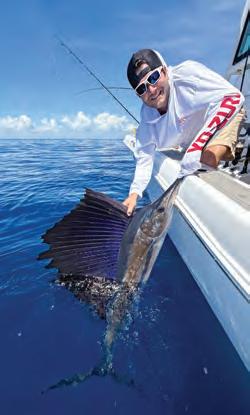
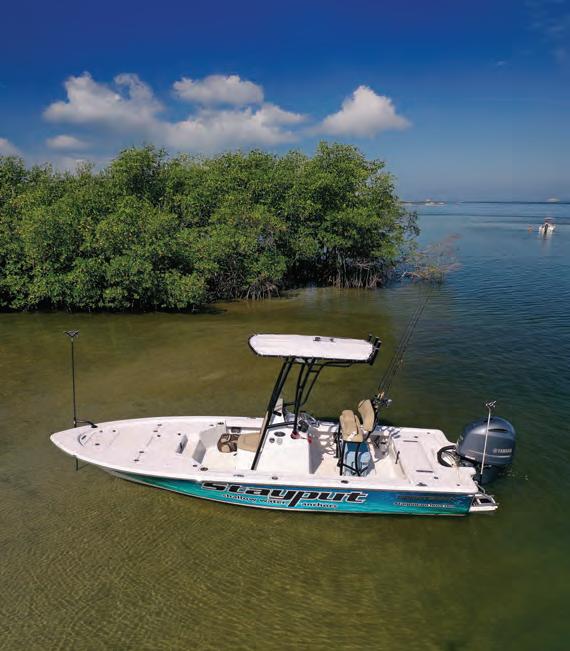
CatchMoreFish

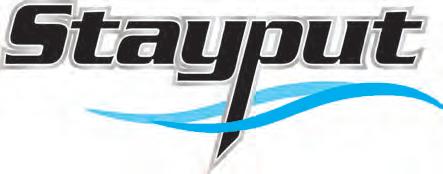
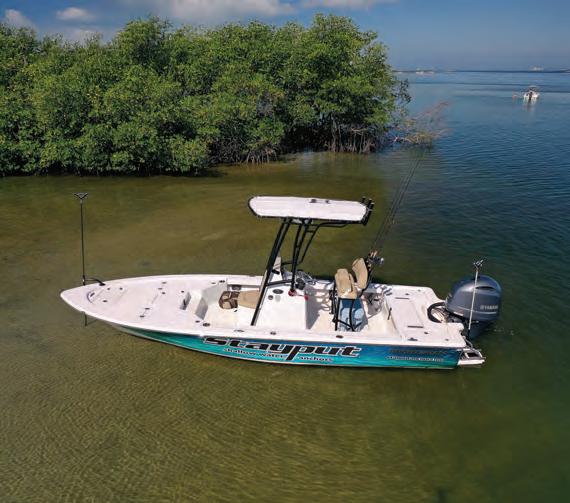
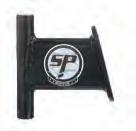
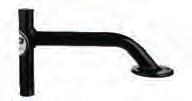





Fall !shing o of Port St Lucie o ers warm water and a hot bite without having to battle high winds and cold temperatures o en associated with winter sail!sh !shing in Florida.. Moreover, it’s not di&cult at all. We were simply bump trolling large, bridled thread!ns. Bridling helps the bait last longer and doesn’t allow for the hook to turn into the thread!n causing a missed strike. Our tackle was medium Penn Carnage rods with Authority reels lined with Yo-Zuri Super Braid topped with Yo-Zuri’s Disappearing Pink Fluorocarbon leader. ese setups gave us the sensitivity to feel the “eat” and the stealthiness to fool even the most cautious of !sh in these clear conditions. On your next trip don’t rush past these exciting sails, stop for some fun acrobatic action.
Will Schmidt is a seasoned tournament angler who has been writing about shing for more than two decades. Follow Will on Instagram @saltynstrong.

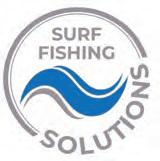

SPEND LE TIME ON TASKS More Time Fishing
It’s no fsh tale when you run with a John Deere. You can get everything done faster and easier, so you get more time on the water. Plus, our special offers make them the catch of the day.



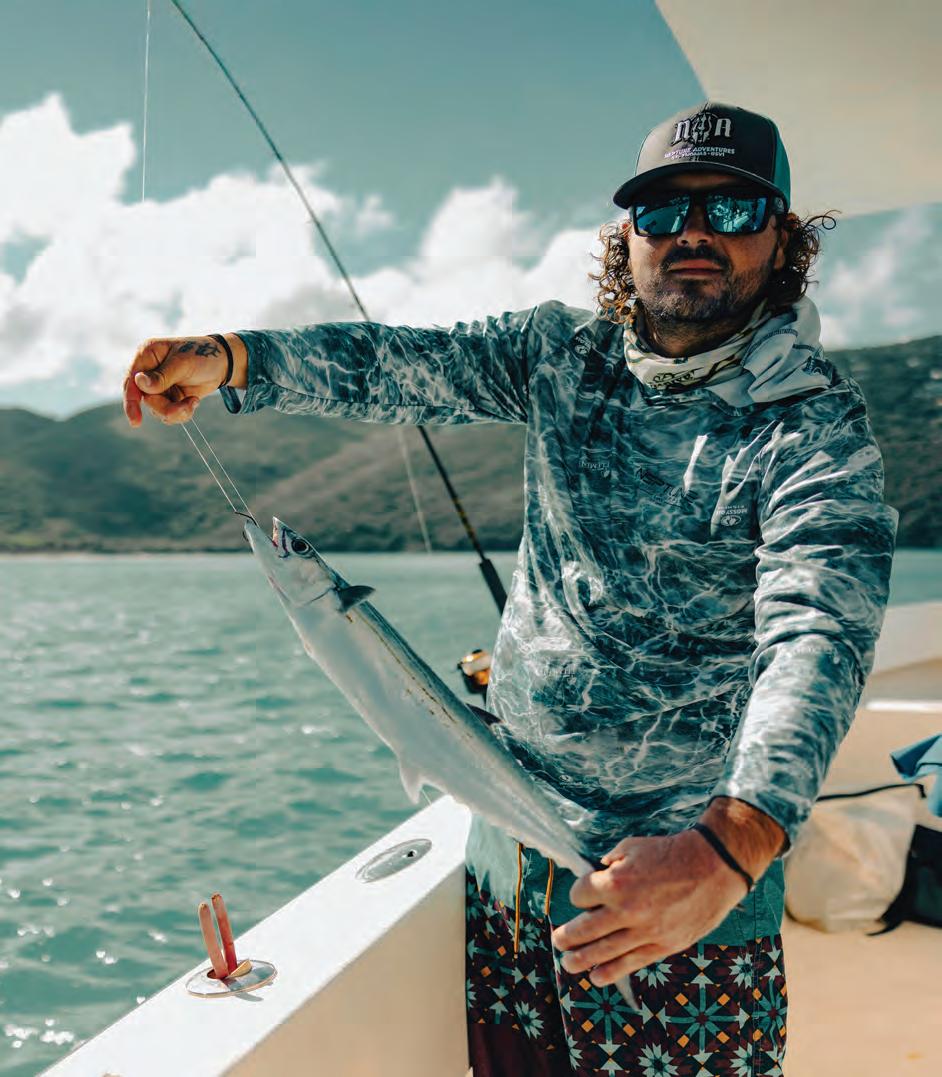
FISH THE AMAZING U.S. VIRGIN ISLANDS
Anglers from around the world come to the U.S. Virgin Islands to !sh our incredible turquoise waters for trophy blue marlin, black!n tuna, wahoo and mahi-mahi. And with no passport required for U.S. citizens, it’s easy to plan your next !shing trip. Whether you want to set o on a crewed charter complete with a professional captain or prefer to simply cast a line from one of our scenic white-sand beaches, get ready to reel in the big one. Plus, many out!tters can customize your trip to include thrilling underwater activities like snorkeling.
O the island of St. Croix choose your own adventure, whether you’re looking to !sh o shore for mahi-mahi, wahoo, king!sh, tuna and blue marlin, or nearshore for tarpon, snapper, mackerel, rainbow runner and jacks. Seasoned crews who have been !shing the waters of USVI for decades will take you on customizable charters in search of catching your trophy !sh of a lifetime. Some out!tters o er complimentary !sh cleaning services, so all you have to do is throw your coveted catch on the grill or in the pan!
From St. John, troll for big game !sh—blue marlin, sail!sh, tuna, mahi-mahi and wahoo—on an o shore charter. Opt for a nearshore charter to catch bonito, barracuda, rainbow runner, snapper and
sharks. Or join an inshore bottom !shing trip to cruise the USVI’s deep-water reefs. Whether you’re an experienced angler or a novice needing some guidance, you’ll !nd an out!tter equipped with all the top-of-the-line !shing gear you’ll need for a successful day at sea.
About 20 miles north of St. omas is the North Drop, an area unparalleled for its big game !sh. Book a deep-sea !shing charter and sail over to this corner of the Caribbean that boasts more blue marlin bites per boat than any other place in the world. Half-day to 10-hour o shore bait !shing charters are ideal for adventurous anglers eager to experience the island’s famous North and South Drops. A mix of trolling and live baiting makes for mega catches, with yellow!n tuna, wahoo, mahi-mahi and blue marlin the most common catches of the day.
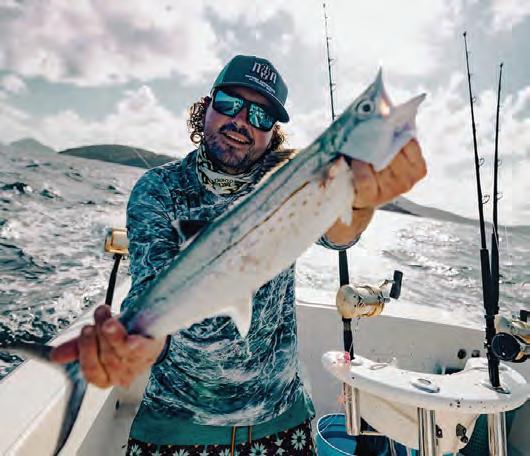
Surrounded by pristine blue waters, it’s no surprise that fresh seafood is a delicious part of nature’s bounty in USVI. You’ll !nd plenty of seafood-focused restaurants, from elegant !ne dining to laid-back waterfront eateries. Some out!tters even o er a stop at a seaside restaurant as part of their !shing excursions.







A PRO TOP FIVE LURES FOR FALL BASS— AND WHEN TO THROW ’EM
When the leaves start to turn and the water temps dip, bass anglers know what time it is—the fall feed. Bass are chasing bait like crazy, and it’s one of the best times of year to put big !sh in the boat. e trick is knowing what to throw as the season shi s. Here are !ve proven fall baits that will help you stay on the bite no matter what the lake throws at you.
Spinnerbait: Few baits scream “fall” like a spinnerbait. When the wind picks up and shad push shallow, it’s hard to beat a double willow blade ashing through the chop. e ash and thump imitate a school of eeing bait!sh, and hungry bass can’t resist. Target windy points, creek mouths, and shallow ats anywhere the bait’s getting pushed around.
Lipless Crankbait: is one’s all about covering water. Fall bass are constantly on the move, and a lipless crank lets you !nd ’em fast. Burn it over grass, rip it free when it hangs up, and hold on! at reaction bite is what fall !shing’s all about. Red or chrome patterns are money this time of year, especially when bass are chasing shad.
TECHNIQUES
Jerkbait: Once the water clears and the temps drop into the 60s, it’s jerkbait season. Work it with a twitch-twitch-pause cadence, and you’ll mimic dying bait!sh to perfection. is lure shines around suspended bass that hang
o points or creek channels.
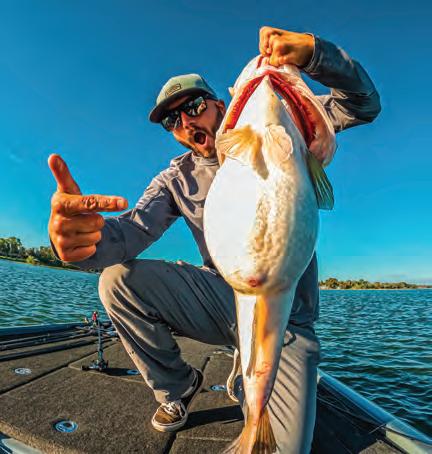
THE BEST RED LURES

RJust be patient. Sometimes the bite comes right when you least expect it, on that long pause. Squarebill Crankbait & Swimbait: To round out your fall lineup, keep a squarebill and a swimbait on deck. A squarebill is your go-to for shallow cover stumps, rocks, laydowns, anywhere bass are ambushing bait in the backs of creeks. Meanwhile, a so or hard-bodied swimbait is ideal when you’re around big !sh feeding on larger forage. Slow-roll it through bait schools or along creek channels for some of the biggest bass of the year.
Fall is all about !nding the bait, and these !ve lures all mimic shad in their own way. Whether you’re slow-rolling a spinnerbait through wind-blown banks or ripping a lipless crank across a at, the !sh are feeding and it’s your job to get in on the action. Grab a few of these baits, follow the shad, and enjoy one of bass !shing’s most exciting seasons!
Tyler Woolcott is a professional tournament angler and guide. Check out his website at www.tylerwoolcott shing.com.

ed!sh are one of the most sought a er game !sh by inshore !shermen from Texas to the Carolinas. ey are great !ghters; they are great tasting; and they are perfect for sight !shing because they love super shallow water. Red!sh are part of the drum family and have four nostrils. is tells us that scent is their chosen sense while searching for food in dark and murky water.
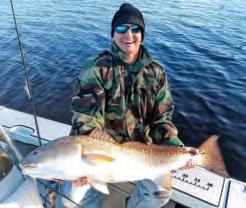
e best red!sh lure that I have ever used is the 3-inch Berkeley Gulp! Shrimp. Berkeley Gulp! products are the smelliest baits that I have ever smelled and red!sh love them. ere are probably other stinky baits that work, but I haven’t found one that is comparable to Gulp! products. e best colors are anything with brown and gold glitter. Rootbeer and new penny are the best choices. e second best lure for catching red!sh is the gold or copper weedless spoon. ese are great search baits when you cannot see the red!sh. A slow retrieve with almost constant contact with the bottom is the way to !sh these lures. ese lures are exceptional for casting. ey cast a mile and let you cover a lot of water as you search for the schools of red!sh in the shallows.
e third best lure for red!sh are 3- and 4-inch paddletails rigged weedless. is is another great search bait for covering large areas of water. You will want to retrieve your paddletail in a similar way to your spoons. Make sure to bounce it o the bottom as you slowly retrieve it.
Contact Capt. Mike Smith, owner of Fish Your Ass O Charters, at (561) 339-2317, contact@ shyourasso .com or shyourasso .com.


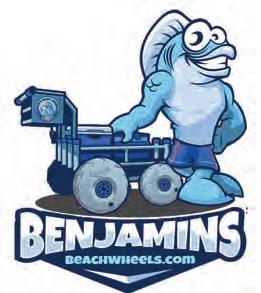

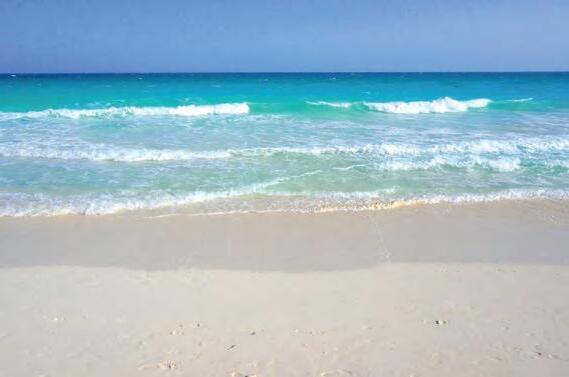
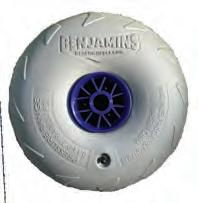


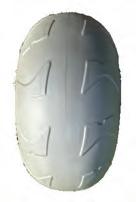
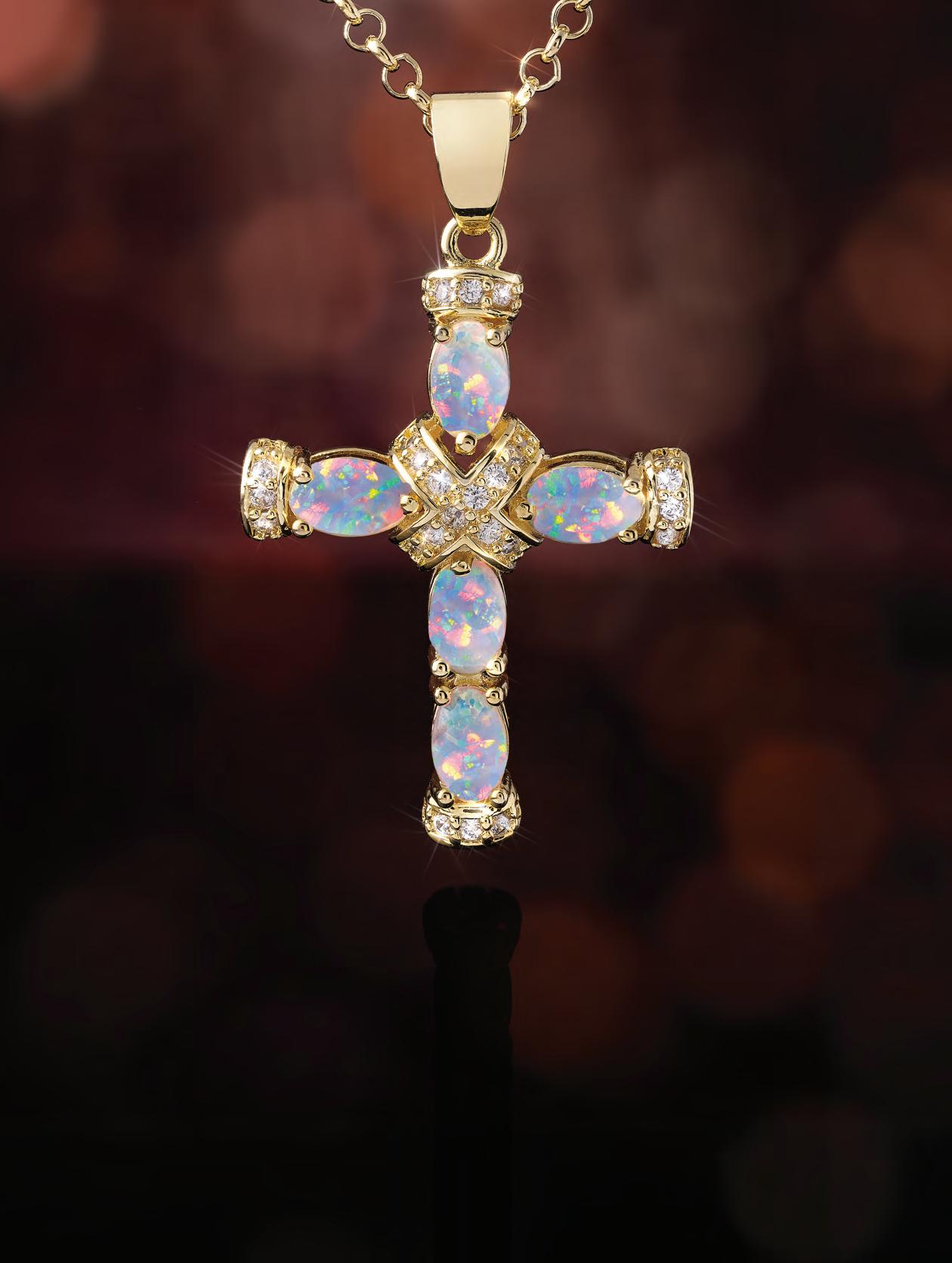
Capt. Mike Smith
“I never expected it to be so beautiful that it takes your breath away.”
— Kaya C., on Stauer Opals
In a quaint village, nestled between rolling hills, lived a young woman with a deep appreciation for gemstones. Her grandmother gifted her a delicate cross pendant adorned with opals. "e opals shimmered with a mesmerizing play of colors, reflecting hues of blues, greens, and fiery oranges. Her grandmother shared the legend of the opals, believed to bring hope, purity, and luck to those who wore them.
Using this story as inspiration, Stauer brings you the Opal Spirit Cross Pendant. With over 2 total carats of Kyocera lab-created opals set in .925 sterling silver encased in yellow gold, this pendant is a radiant celebration of beauty and craftsmanship. Each opal captivates with a kaleidoscopic dance of fiery oranges blending into oceanic blues, streaked with flashes of vibrant green that seem to come alive with every movement. "e shimmering opals are skillfully arranged to create an enchanting, otherworldly glow, embodying the spirit of hope and harmony. "is breathtaking combination of color and craftsmanship is available as a limited availability of only 930 pieces, making it a rare and treasured addition

to your jewelry collection. Plus, when you order today, you’ll receive the Opal Spirit Cross Pendant at an impossible price of just $59 normally $149!
Don’t miss your chance to own this exclusive tribute to timeless elegance and meaningful symbolism.
Jewelry Speci!cations:
• Pendant: 2 ½ ctw. Kyocera lab opals and DiamondAura® accents. Yellow gold-finished .925 sterling silver setting
• Chain: 18" gold-clad .925 sterling silver chain
Opal Spirit Cross Collection
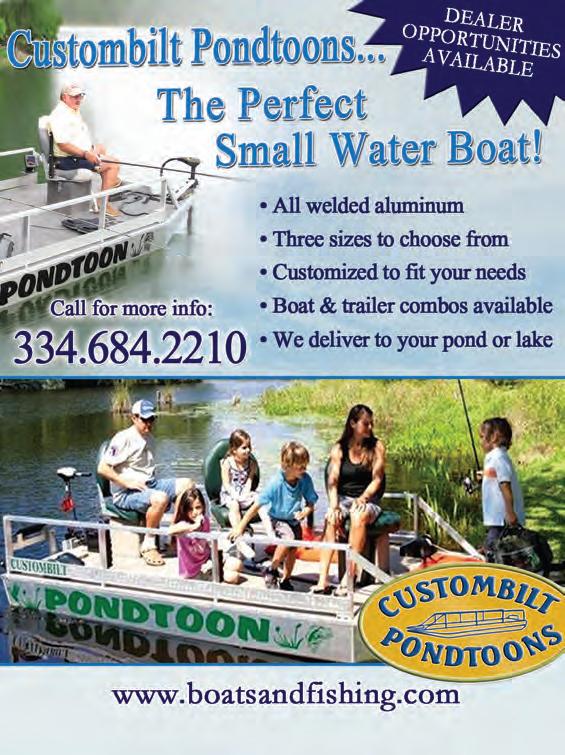

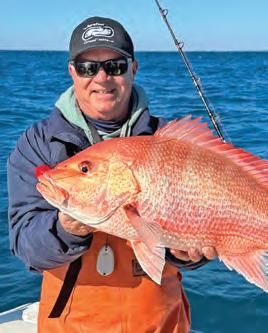

ovember is almost a completely unique month of the year. We’ll start getting the !rst real cold fronts, and this will pile the bait on temp breaks. Structure on the bottom will certainly hold the grouper and snapper on the bottom, but pay attention to the recorder and the marks in the mid water column. ese marks can be a number of the targets we’re looking for. Black!n are a given during the month of November, but it’s “go time” for wahoo and yellow!n. e bait can stand colder water than the pelagics. is is one of their biggest defensive strategies, and why you should have a (realistic) jig ready that can !sh 75-150 feet deep around the bait balls because the surface water will likely be as much as a few degrees warmer that the surface water due to the cold wind blowing overhead. Keep live baits out on circle hooks and ourocarbon and try to get some lower in the water column. ese live baits are black!n bombs ready to go o , but I am always drawn to the bottom in search for the grouper and snapper. Some of these same live baits or frozen cigs and sardines on the correct jigs (hint, hint) are irresistible to the !sh I’m really looking for. I want the big grouper and snapper bite. When you !sh the correct baits using the correct presentation, you’re not asking them to eat it, you’re MAKING them eat it! BAM! is is also African pompano candy. e jig in the mid to lower part of the water column is deadly, but if there’s no bites !shing it deeper and deeper all the way to the bottom, bring it up to the surface and repeat the process.
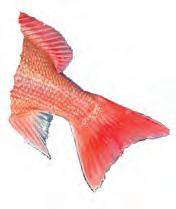
A trolling motor will really help in this controlled dri , keeping the bow forward into the wind and/or current. is will keep the light line out back and the baits on or near the bottom slightly back depending on the current. is is the bottom line: bag the trolling crap, post up on stacks of bait with dedicated crew for the light line and/or jig and dedicated crew on the bottom to generate groceries in the cooler. is is my kind grocery shopping.
Learn the drill of how to !sh the entire water column nice and quiet with beautiful baits and tactics for results. Dress with proper !tting foul weather gear and take plenty of photos and videos you can enjoy for years to come.
Learn more from Tim Barefoot on his YouTube channel and at barefootcatsandtackle.com.
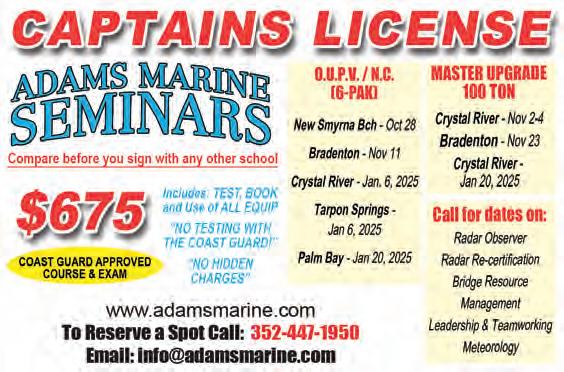
Spot Call: 352-447-1950
Tim Barefoot
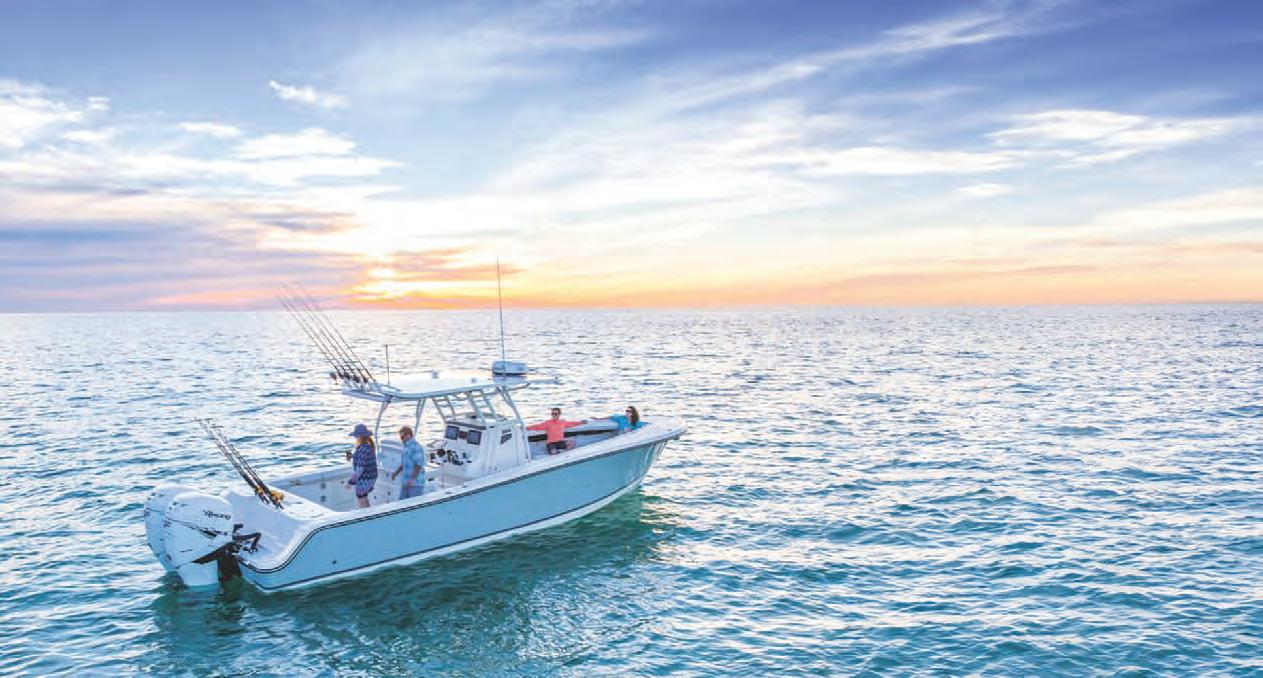


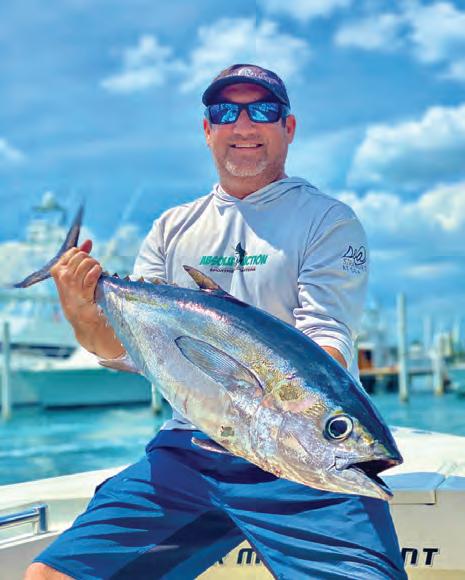





1920s Style for a 1920s Price
It was a warm summer afternoon and my wife and I were mingling with the best of them. The occasion was a 1920s-themed party, and everyone was dressed to the nines. Parked on the manse’s circular driveway was a beautiful classic convertible. It was here that I got the idea for our new 1920s Retrograde Watch.
Never ones to miss an opportunity, we carefully steadied our glasses of bubbly and climbed into the car’s long front seat. Among the many opulent features on display was a series of dashboard dials that accentuated the car’s lavish aura. One of those dials inspired our 1920s Retrograde Watch, a genuinely unique timepiece that marries timeless style with modern technology.

With its remarkable retrograde hour and minute indicators, sunburst guilloche face and precision movement, this design is truly one of a kind. What does retrograde mean? Instead of displaying the hands rotating on an axis like most watches, the hands sweep in a semicircle, then return to their starting point and begin all over again.
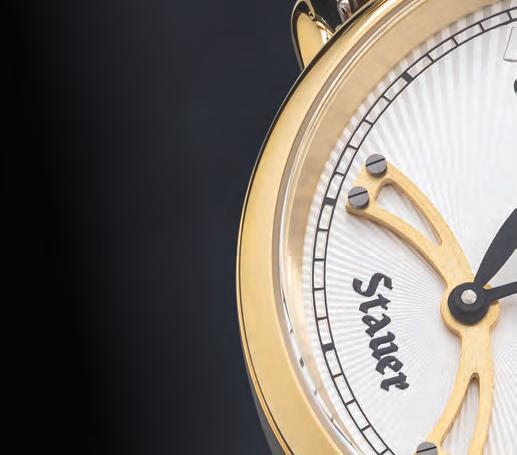
Retrograde watches by the big brands can set you back thousands; one recent offering from a big French fashion house is selling for more than $150,000! But because we’ve designed the 1920s Retrograde Watch in-house, we can offer it to you for just $99!
This watch is so wildly popular with our customers that we’re actually concerned about running out; we only have 937 729 left for this ad!
Join more than 1 MILLION smart people who love stauer watches

Watch Specifications:
• Precision movement
• Stainless steel case, caseback and crown
• Retrograde hour and minute indicators
• Water-resistant to 5 ATM

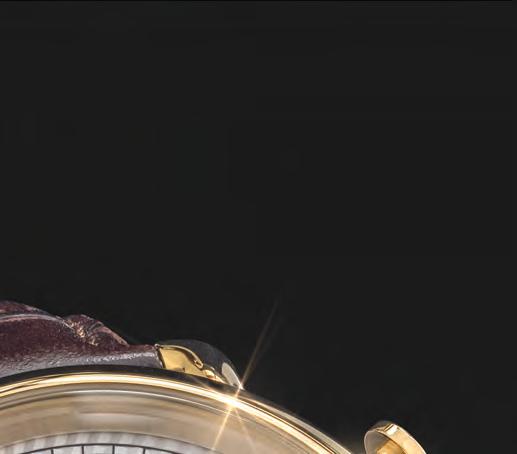

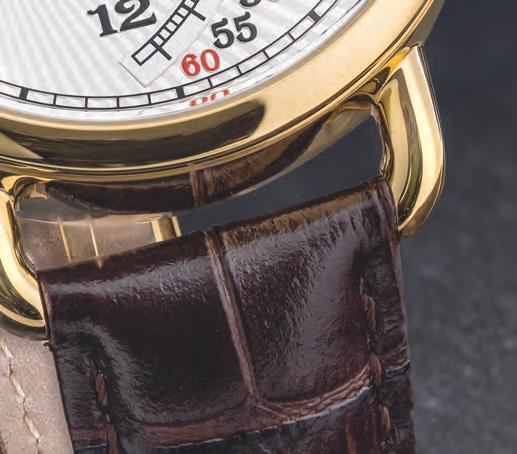
• Brown genuine leather band
• Fits wrists up to 8"
1920s Retrograde Watch
$399 $99* + S&P Save $300


*Special price only for customers using the offer code.


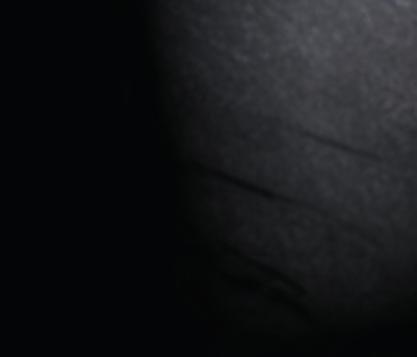
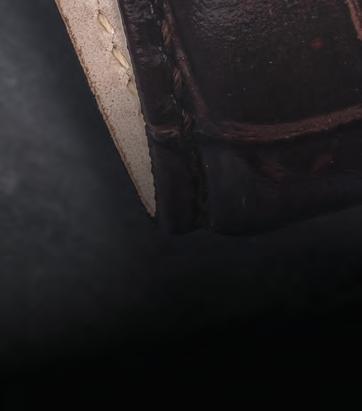
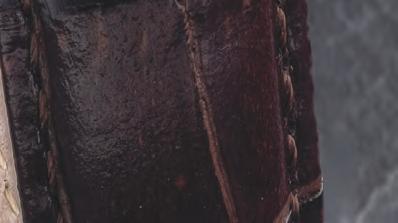
“An elegant and exciting timepiece that every collector will love.”
— George Tomas, internationally renowned watch expert



“[A] unique and beautiful timepiece.”
— Carlos C., Los Banos, CA



